Page 3 of 93
240. African Jacana - 20 Points
Posted: Fri Jul 04, 2014 7:21 pm
by Amoli
240.
African Jacana Actophilornis africanus
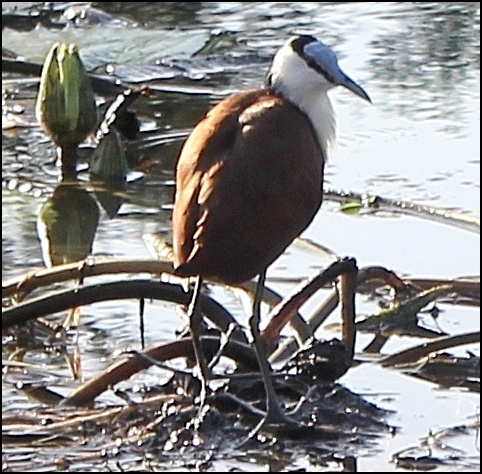
© Amoli
Lake Panic April 2012
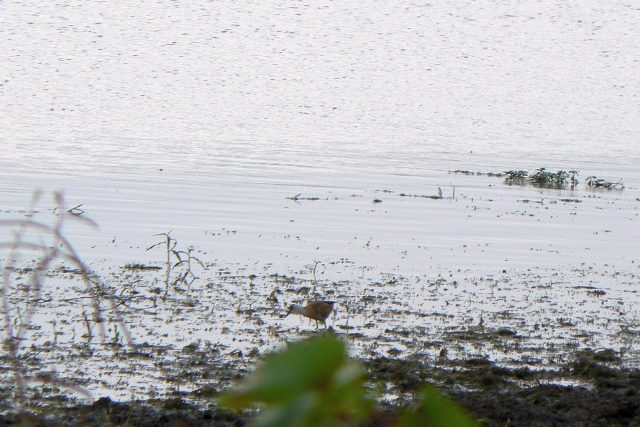
© Toko
Rooibosrant Dam
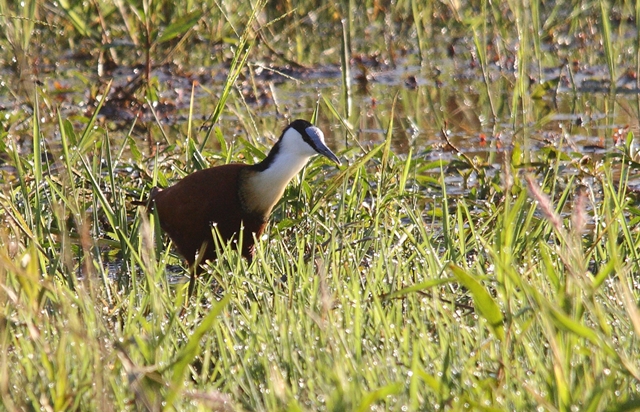
© Flutterby
Transport Dam
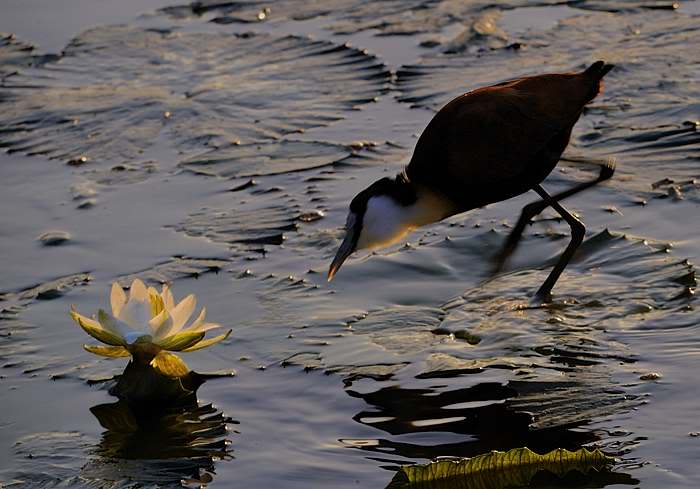
© Dewi
Lake Panic

© nan
11.5.2001

© nan
Male & juvenile, 3.3.2008
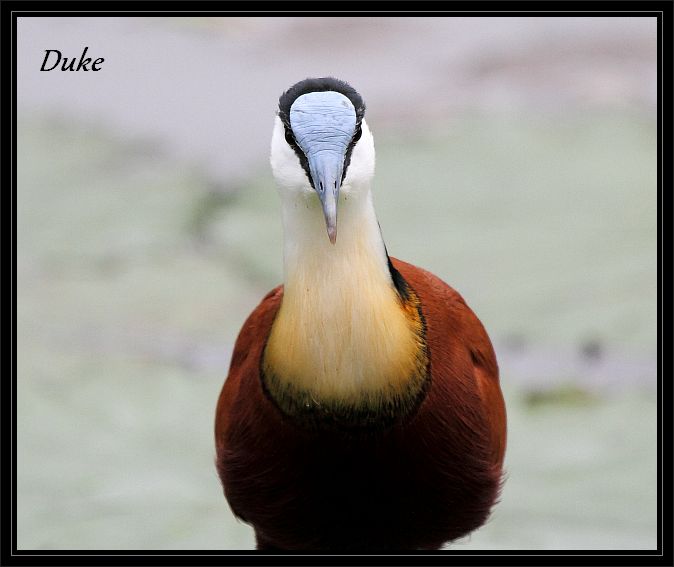
© Duke
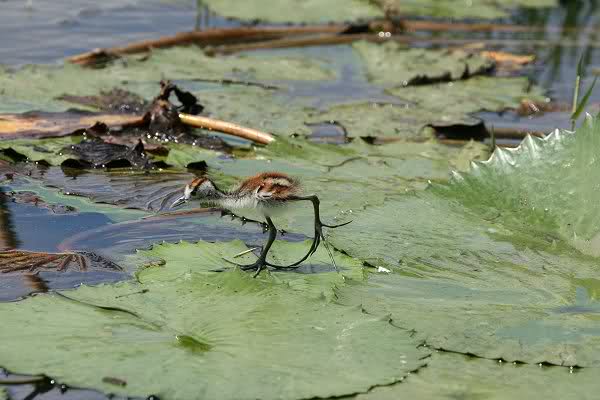
© nan
Juvenile, 3.3.2008
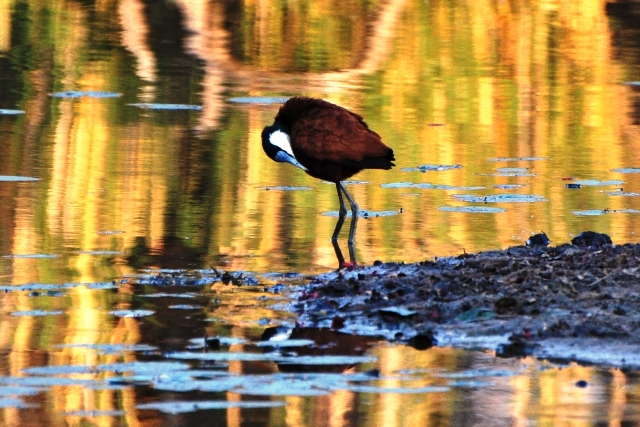
© Mel
Lake Panic
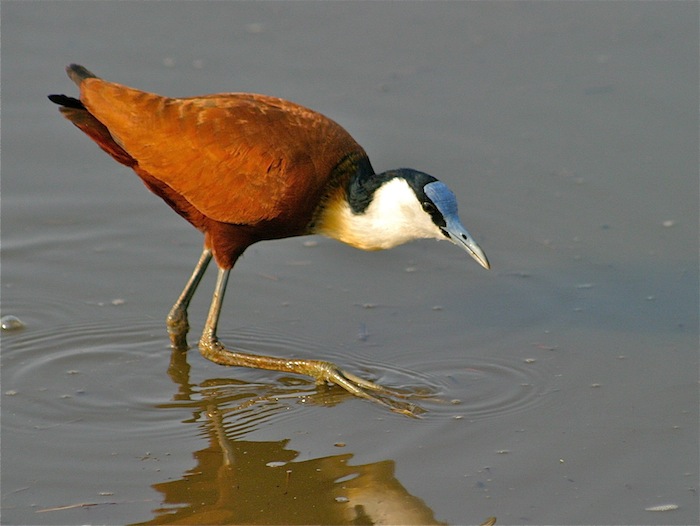
© ExFmem
Sunset Dam
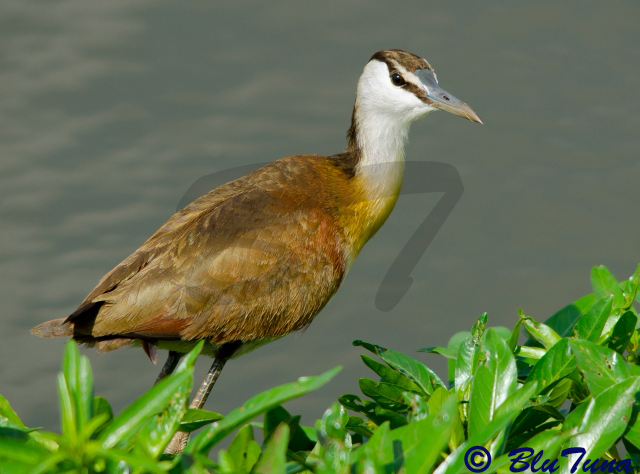
© BluTuna
Juvenile
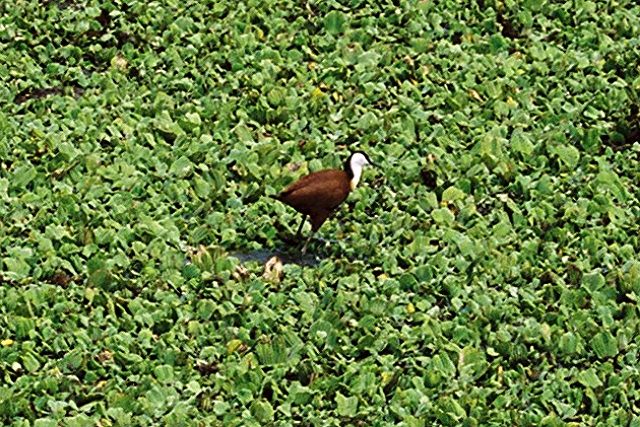
© Tina
Sunset Dam
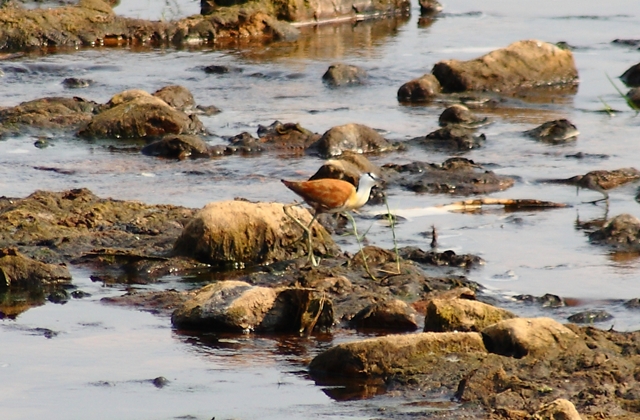
© Bush Brat
Near Mopani
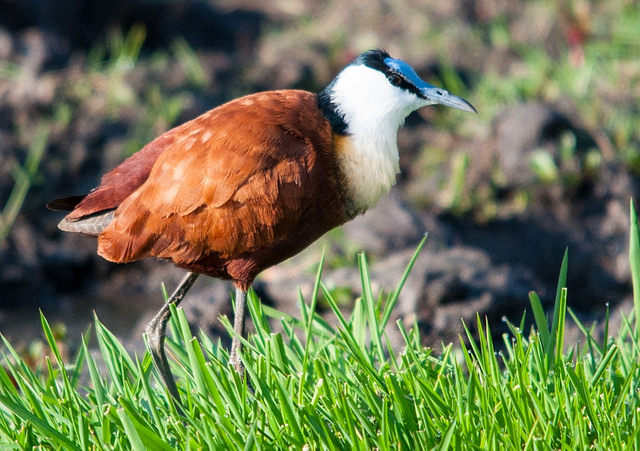
© steamtrainfan
Lake Panic
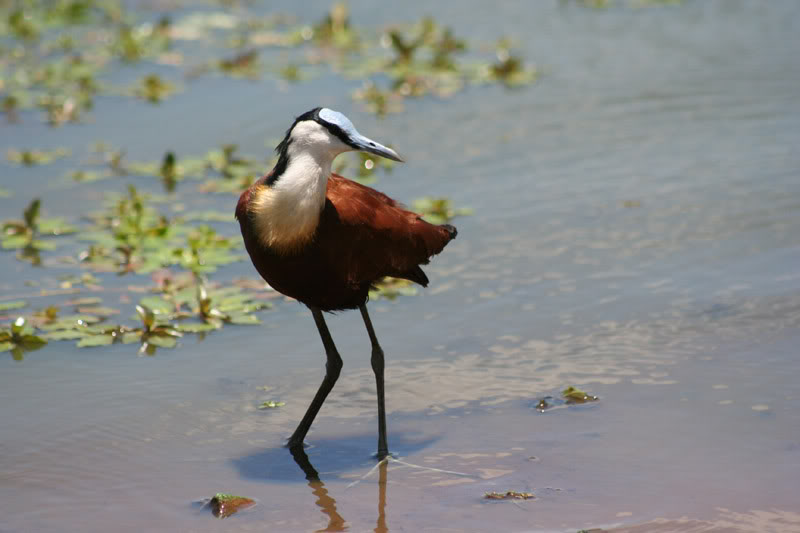
© leachy
Sunset dam
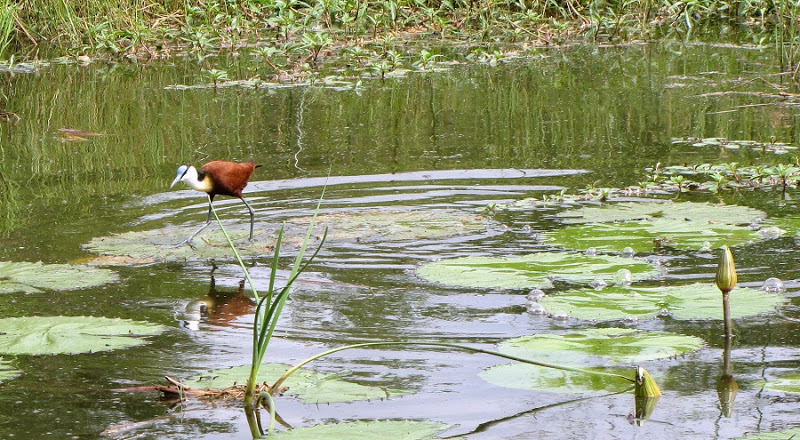
© Lisbeth
Lake Panic
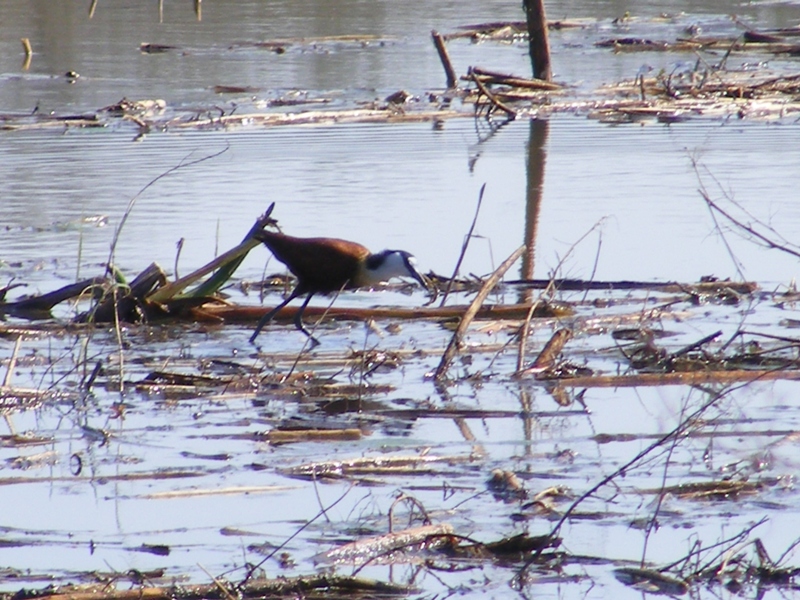
© Richprins
Leeupan
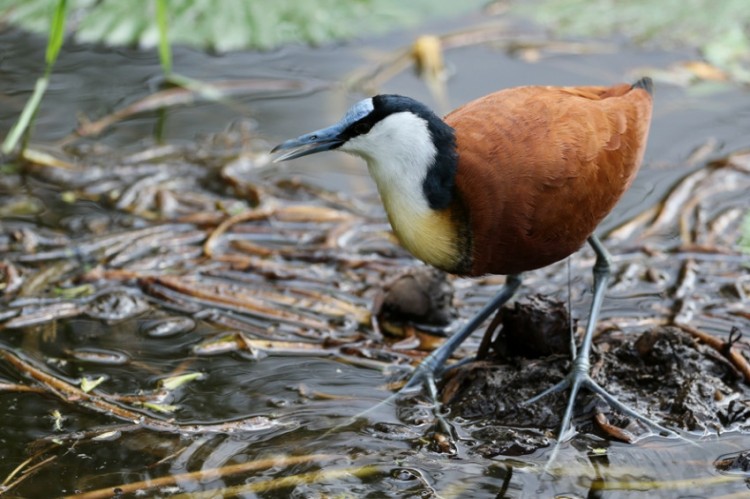
- 240 lake panic.JPG (98.58 KiB) Viewed 983 times
© Dindingwe
Lake Panic
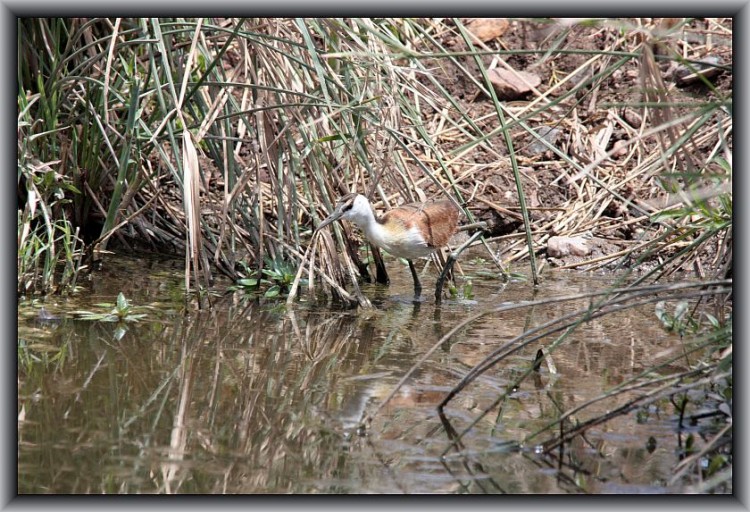
- L24-13African Jacana (old juvenile).jpg (165.57 KiB) Viewed 958 times
© harrys
Lake Panic
560. Arrow-marked Babbler - 20 Points
Posted: Fri Jul 04, 2014 7:22 pm
by Amoli
560.
Arrow-marked Babbler Turdoides jardineii
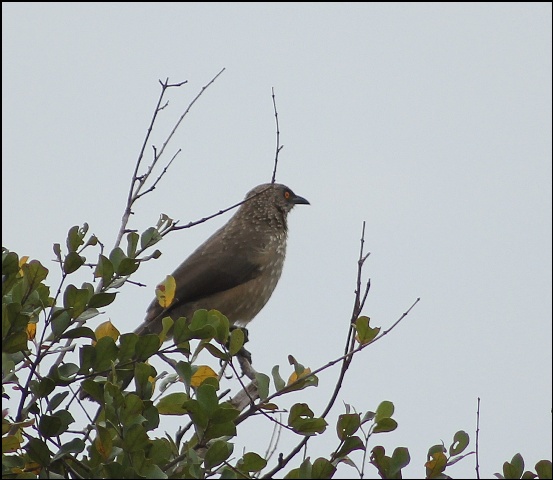
© Amoli
Biyamiti April 2014
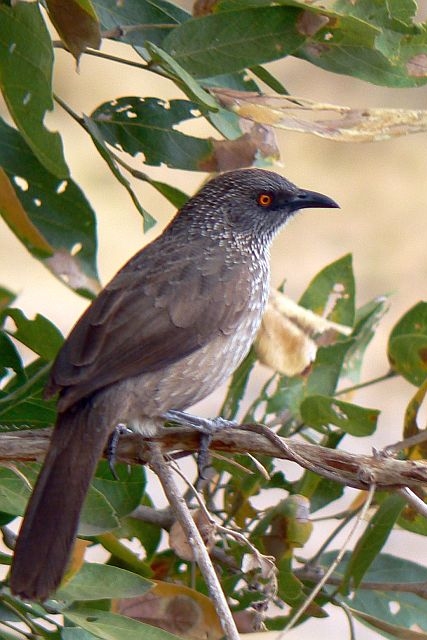
© Toko
Mooiplaas picnic spot
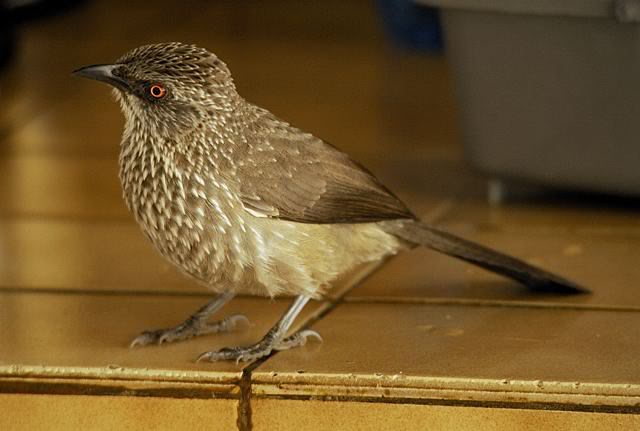
© Dewi
Bateleur Camp
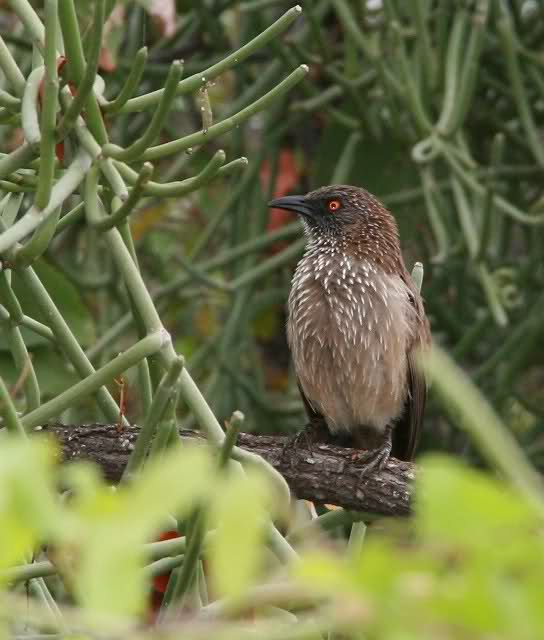
© nan
27.10.2009
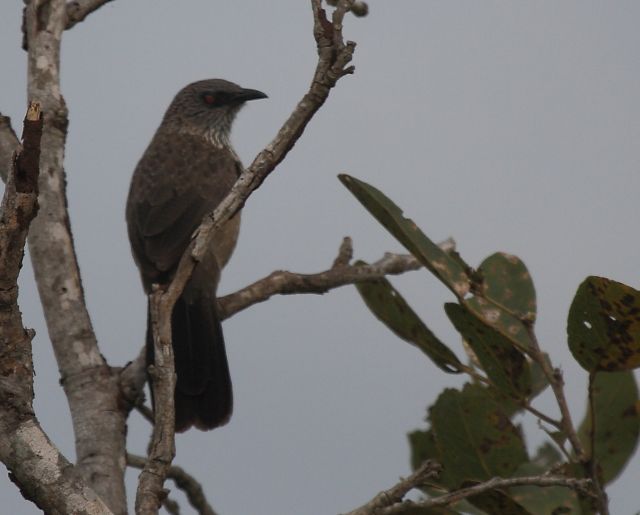
© Duke

© BluTuna
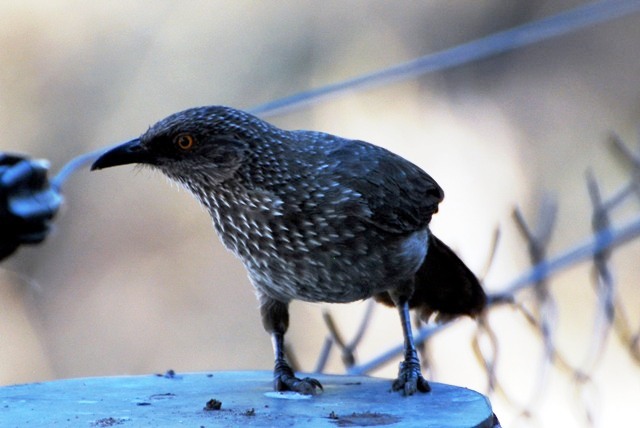
© Mel
Tamboti

© ExFmem
Tamboti

© Lisbeth
Southern Kruger
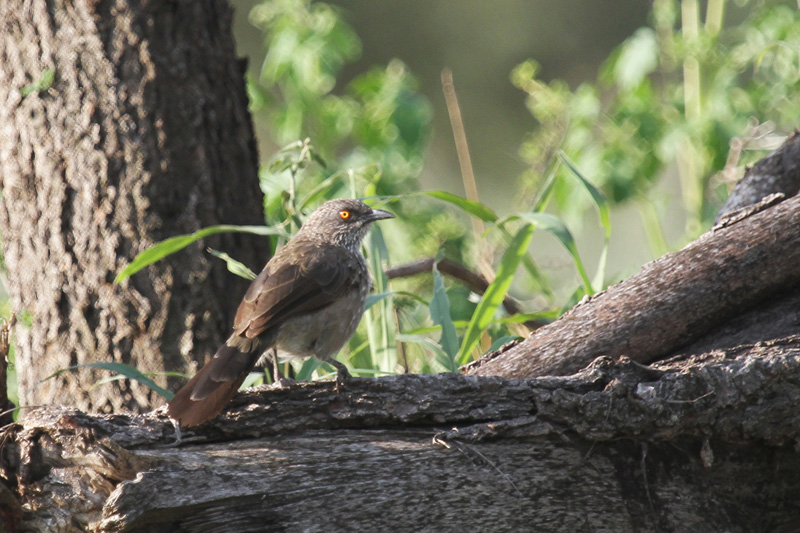
© Leachy
Letaba
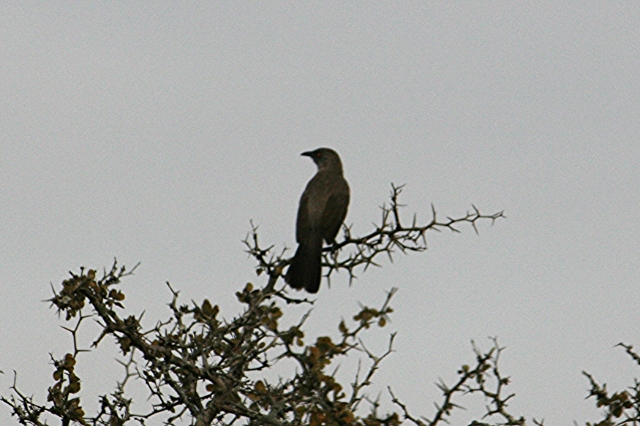
© Tina
H4-2
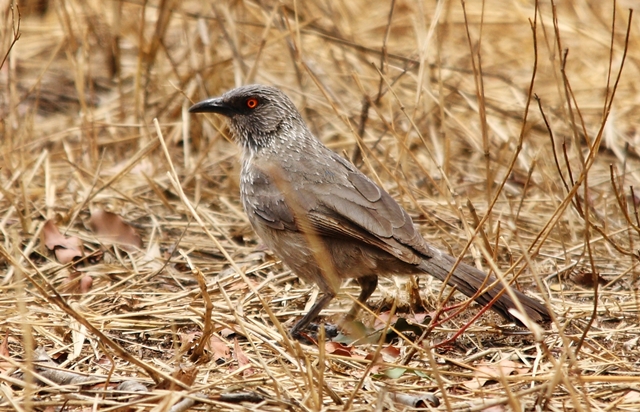
© Flutterby
H7
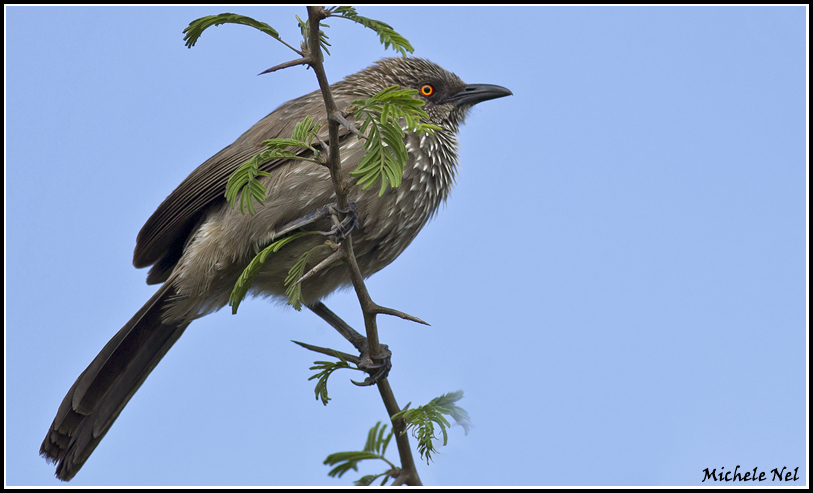
© Michele Nel
Nov 2014
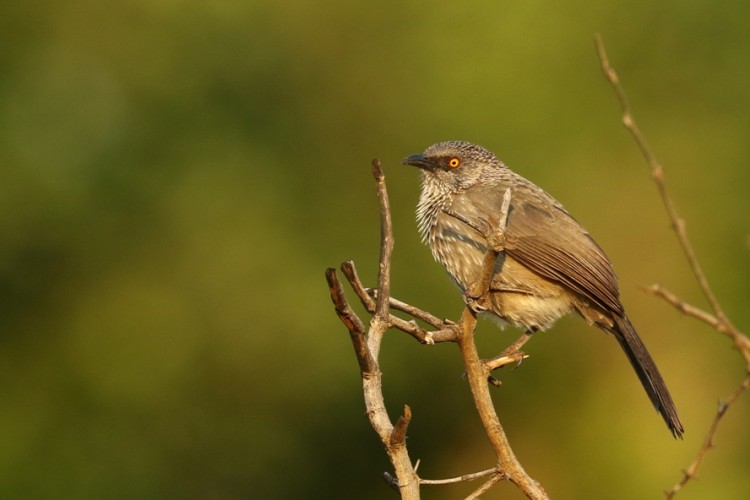
- 560 s28.JPG (50.33 KiB) Viewed 980 times
© Dindingwe
S28
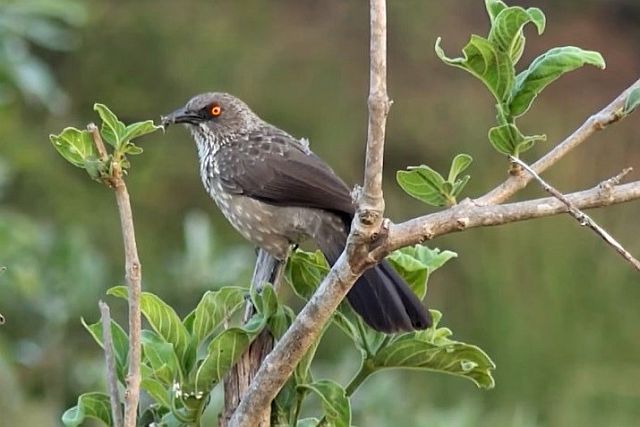
© Klipspringer
089. Marabou Stork - 20 Points
Posted: Fri Jul 04, 2014 7:28 pm
by Toko
089.
Marabou Stork Leptoptilos crumeniferus
Identification
Sexes alike. Large size and shape distinctive. The large bulbous pendant air sac may be up to 350 mm in size when inflated; a second orange-red air sac is partly hidden beneath the white ruff at base of neck, and only visible when inflated.
Juvenile: Wing feathers dark brown; first-year birds more feathered on the head.

© Toko
Malelane area
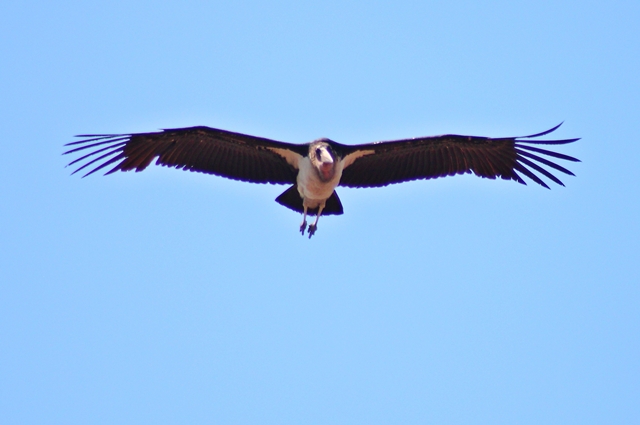
© Flutterby
Satara area
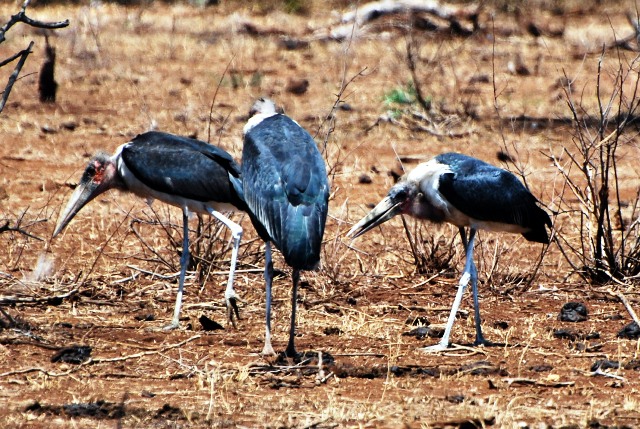
© Mel
Around Satara
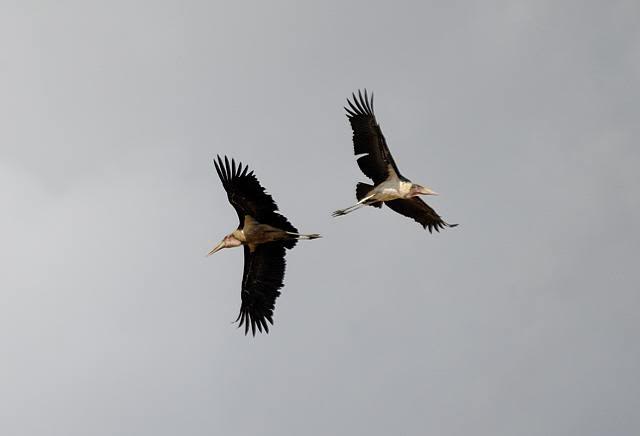
© Dewi
Mopani area
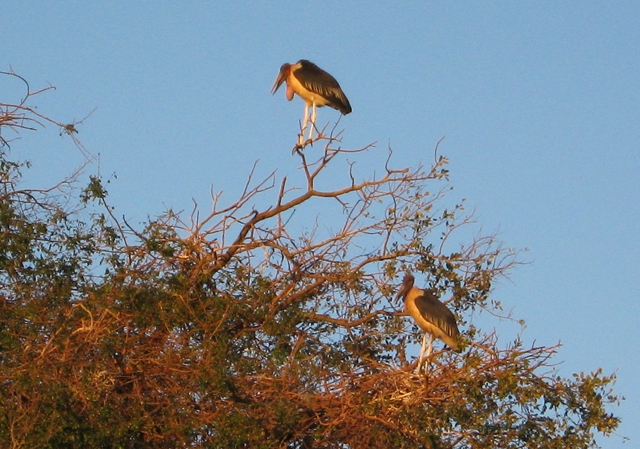
© Bush Brat
Skukuza area
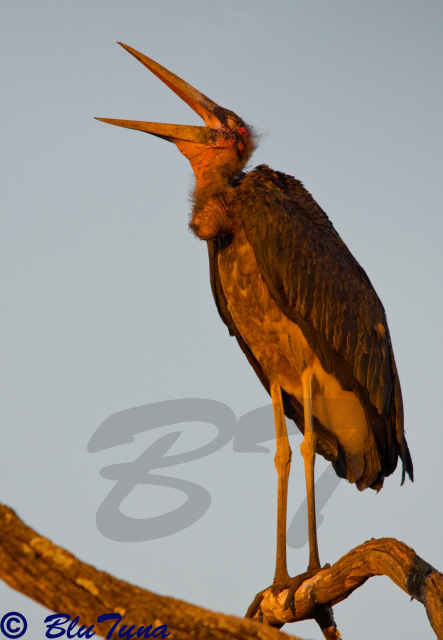
© BluTuna
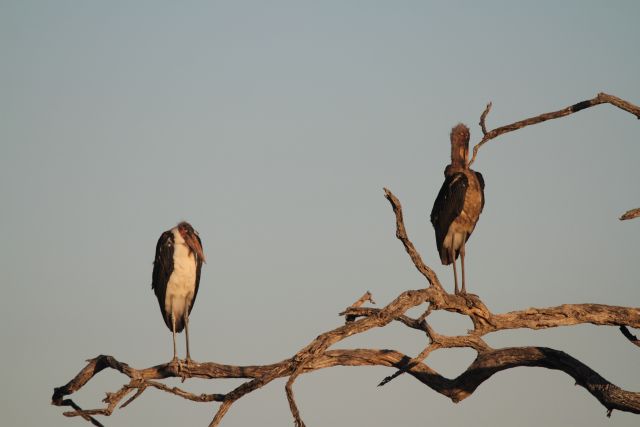
© Duke
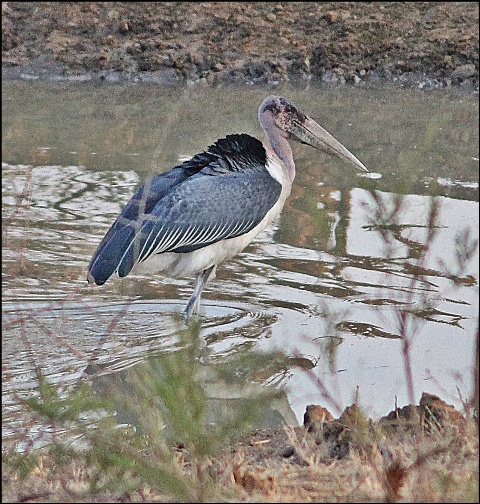
© Amoli
Punda Waterhole Aug 2012
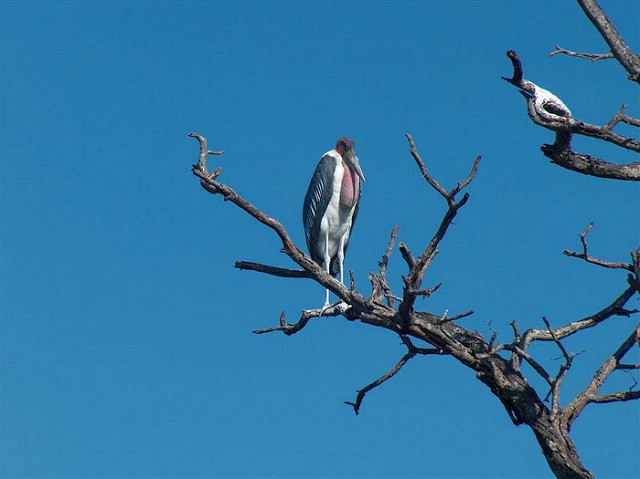
© steamtrainfan
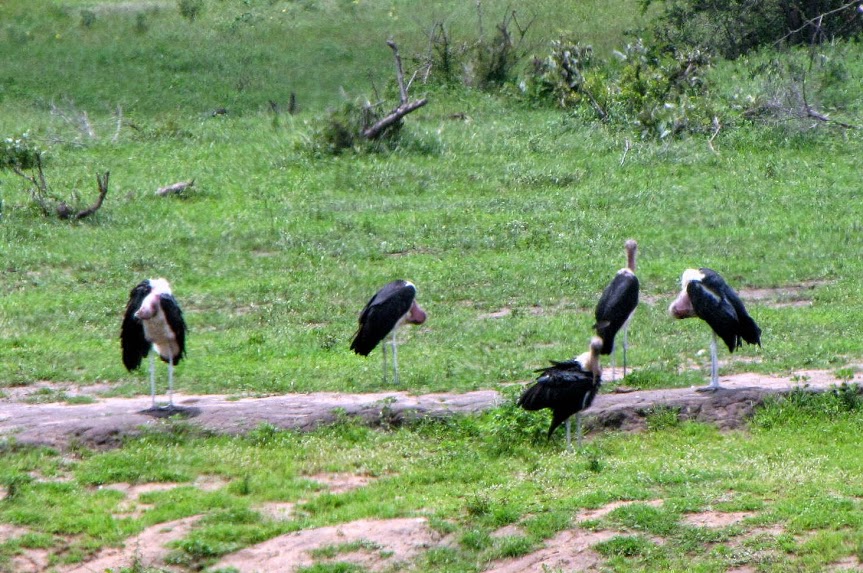
© Lisbeth
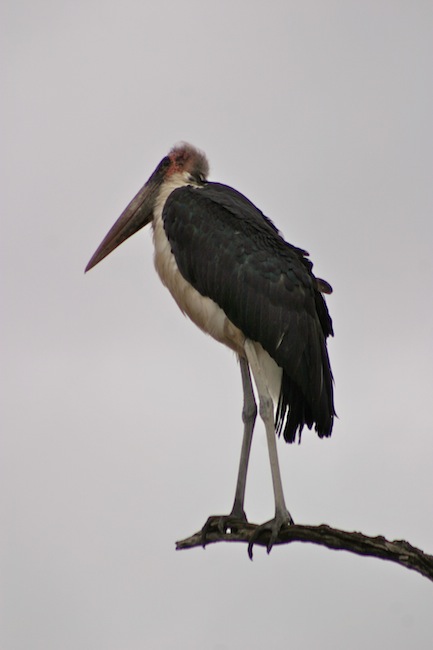
© ExFmem
H4-1
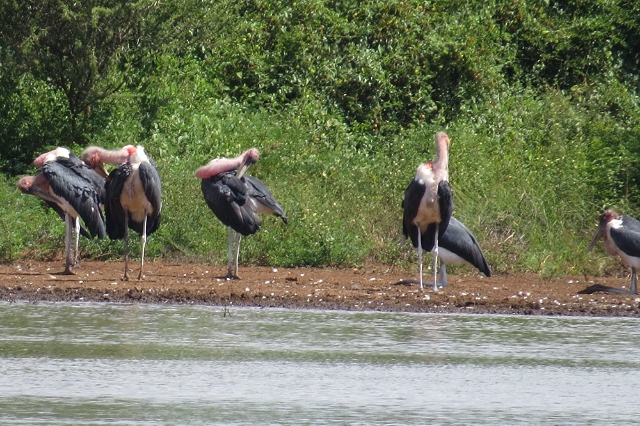
© Tina
Sunset dam
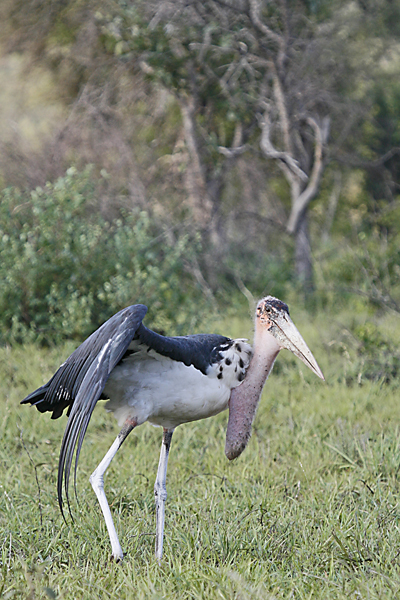
© leachy
S29 Mlondozi road
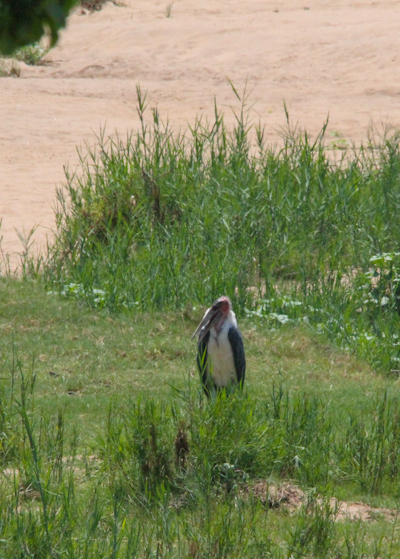
© Super Mongoose
March 2013, Letaba

© nan
17.2.2008
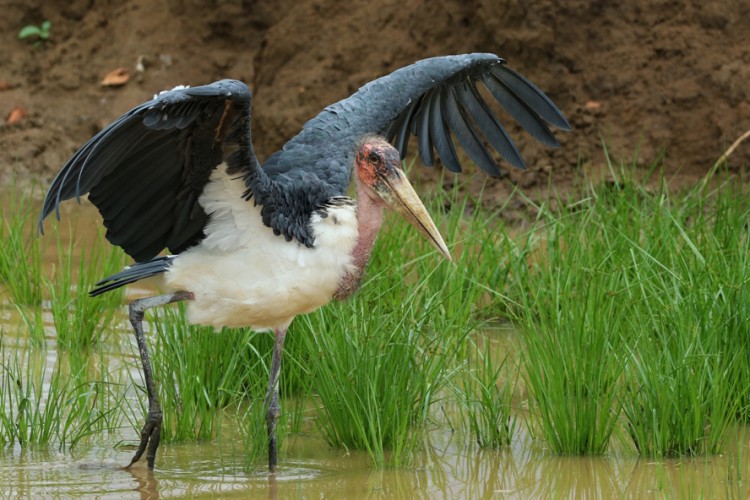
- 89.jpg (112.68 KiB) Viewed 994 times
© Dindingwe
Punda Maria
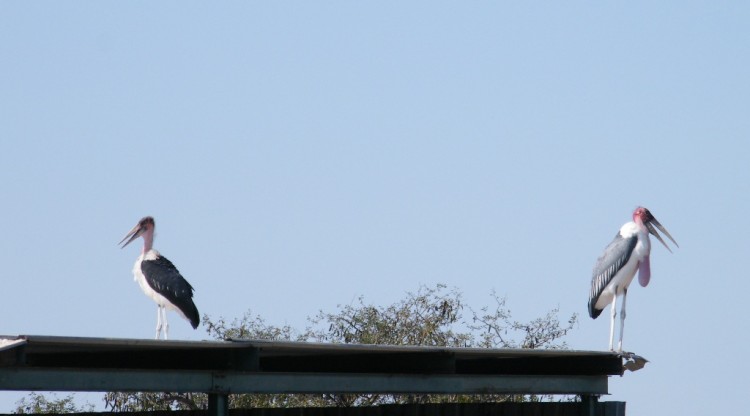
© Richprins
Skukuza

© Bookworm
Leeupan
090. Yellow-billed Stork - 20 Points
Posted: Fri Jul 04, 2014 7:38 pm
by Toko
090.
Yellow-billed Stork Mycteria ibis
Identification
97cm; sexes alike. Large white stork with conspicuous yellow bill; unlikely to be confused with any other species. In flight separated from White Stork by black (not white) tail. At onset of breeding, naked facial skin becomes bright red, and back and upper wing covert feathers tinged pink. During non breeding season bill duller yellow and legs dull red to pink.
Juvenile: Upperparts brownish, underparts washed grey-brown and bill greyish yellow. Ad plumage attained after about 3 years.
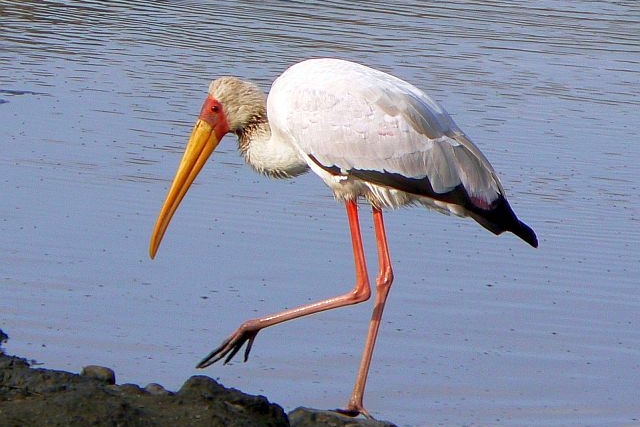
© Toko
S93
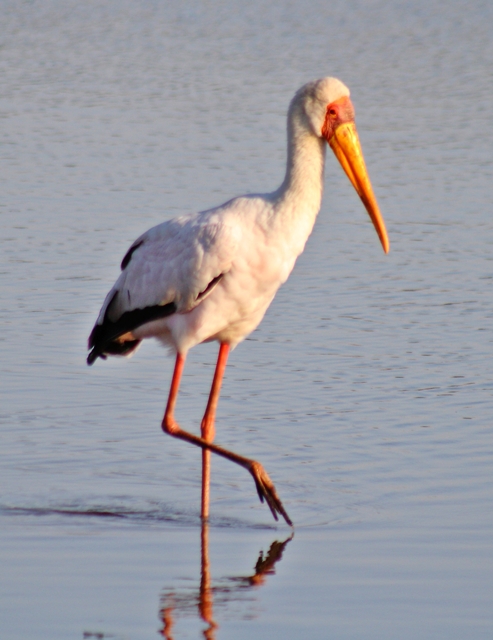
© Flutterby
Sunset Dam

© Mel
Sunset Dam
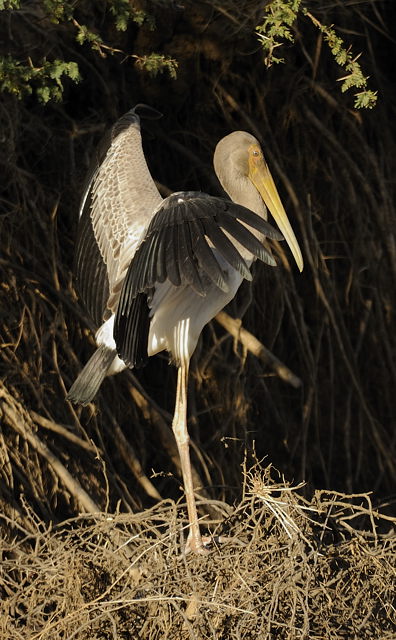
© Dewi
H1-7
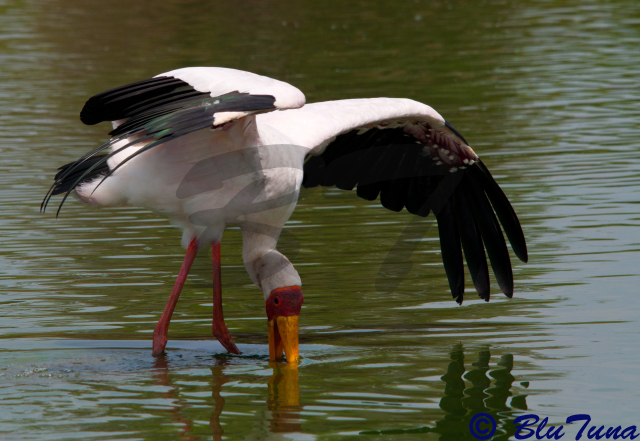
© BluTuna
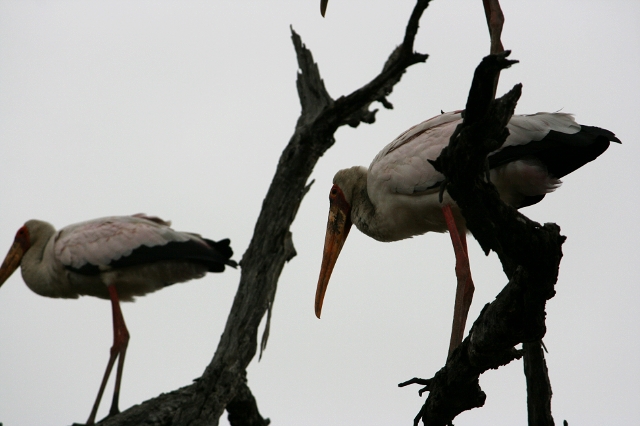
© Tina
S100
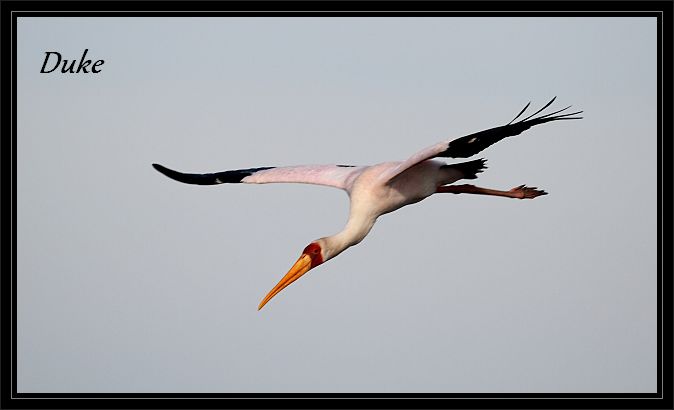
© Duke

© nan
16.2.2008
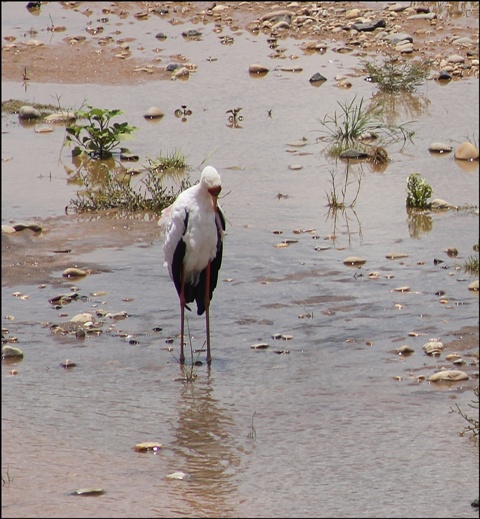
© Amoli
Kumana Dam December 2012
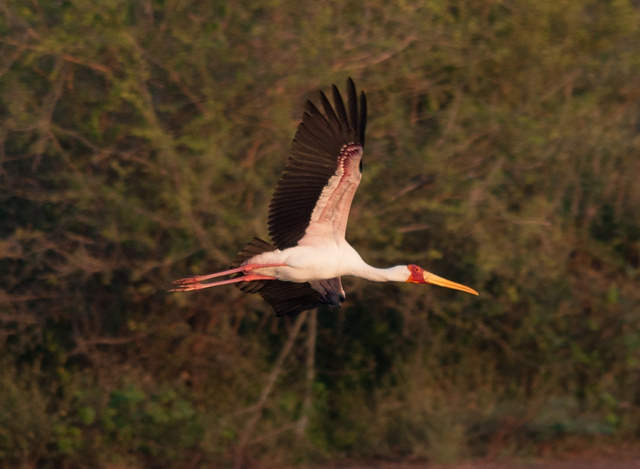
© steamtrainfan
Sunset Dam
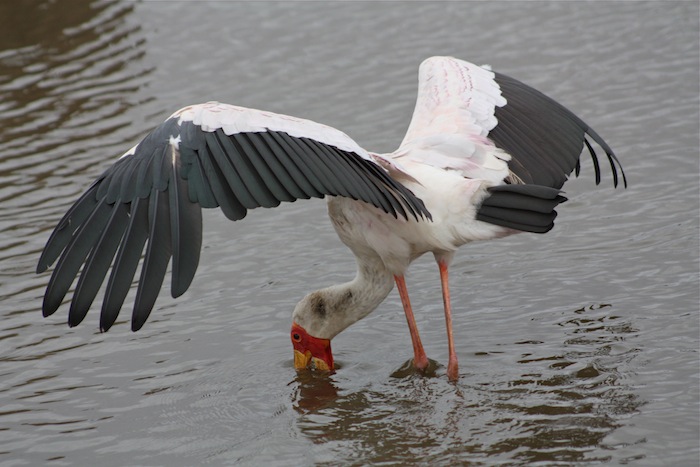
© ExFmem
Sunset Dam

© Bush Brat
Sunset Dam
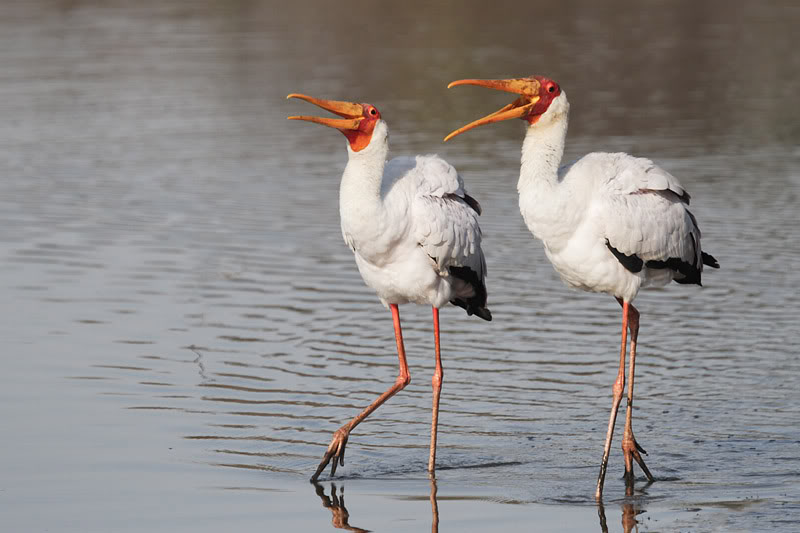
© leachy
Sunset dam
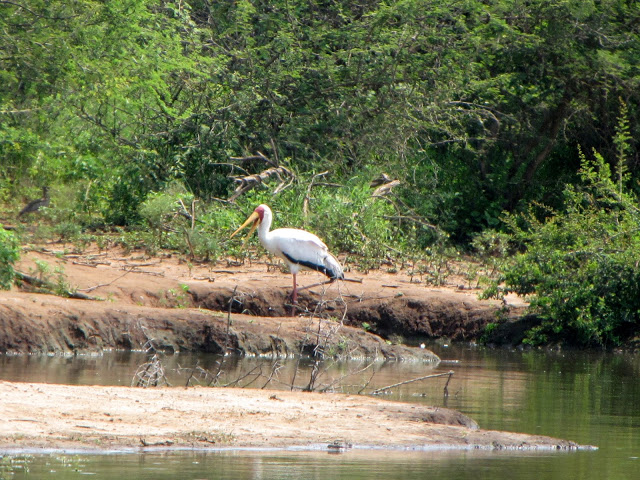
© Lisbeth
Gayisenga (S108)
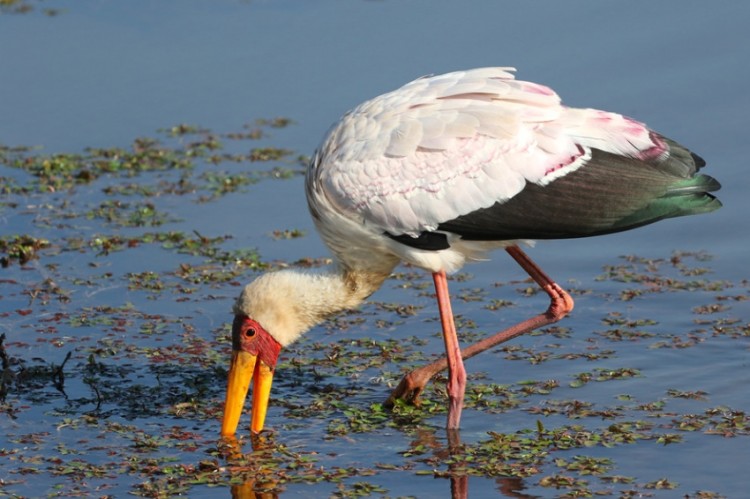
- 90.jpg (90.85 KiB) Viewed 993 times
© Dindingwe
Lower Sabie

- knp15.jpg (142.54 KiB) Viewed 959 times
© harrys
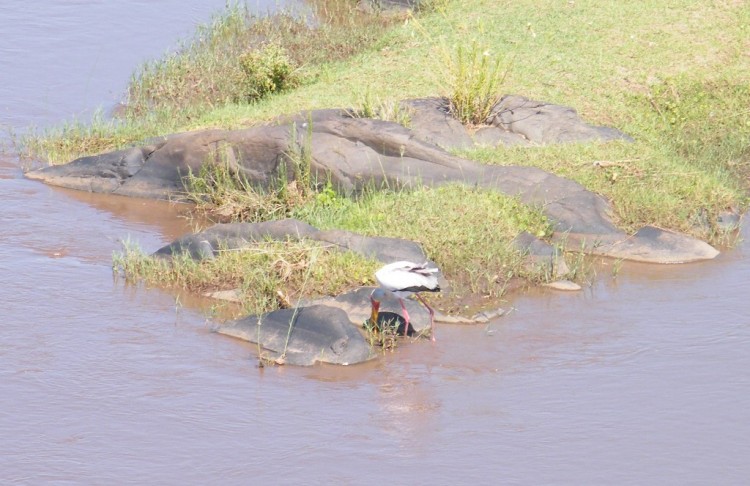
© Richprins
Olifants Bridge
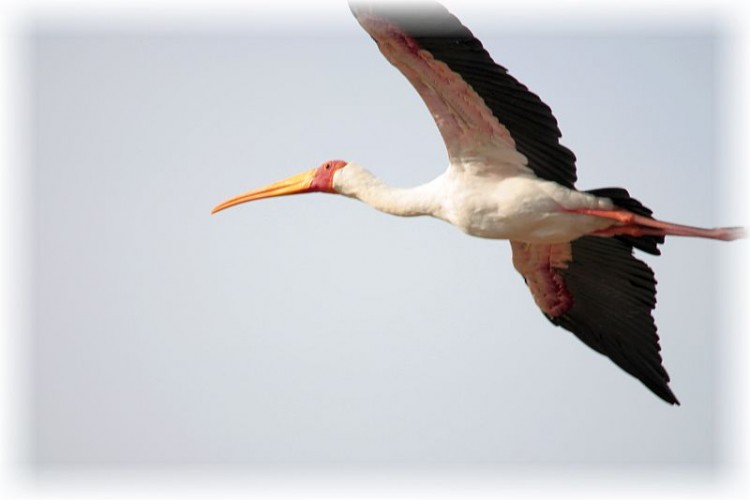
© Bookworm
Near Letaba
101. White-backed Duck - 40 Points
Posted: Fri Jul 04, 2014 7:48 pm
by Toko
101.
White-backed Duck Thalassornis leuconotus
Identification
43 cm; sexes similar. Small, large-headed duck that sits low in the water with humpback appearance. Conspicuous white patch at base of bill; white on back usually only visible when flying.
Juvenile: Duller than ad, white loral patch smaller and duller.
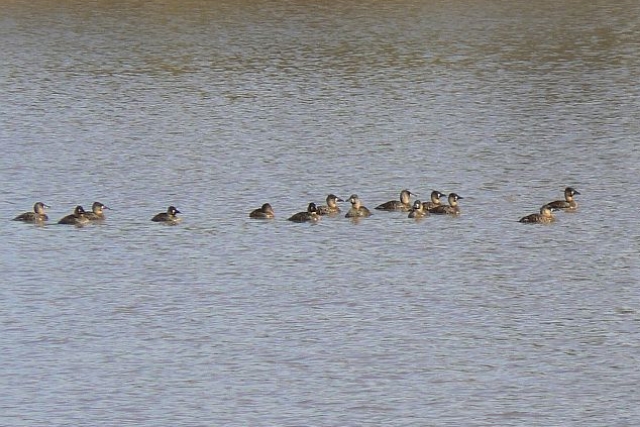
© Toko
Sable Dam
102. Egyptian Goose - 20 Points
Posted: Fri Jul 04, 2014 7:55 pm
by Toko
102.
Egyptian Goose Alopochen aegyptiaca
Identification
68 cm. Sexes similar. Pale-coloured waterbird with conspicuous dark chocolate-brown patch around its eye. The head and neck are pale buff, and there is another dark brown patch around the base of the beak, usually joined to the eye patch by a narrow line.
Male: Larger, with thicker neck and different call.
Female: Smaller and with slimmer neck.
Juvenile: Lacks eye and breast patches, and forewing panel grey, not white.
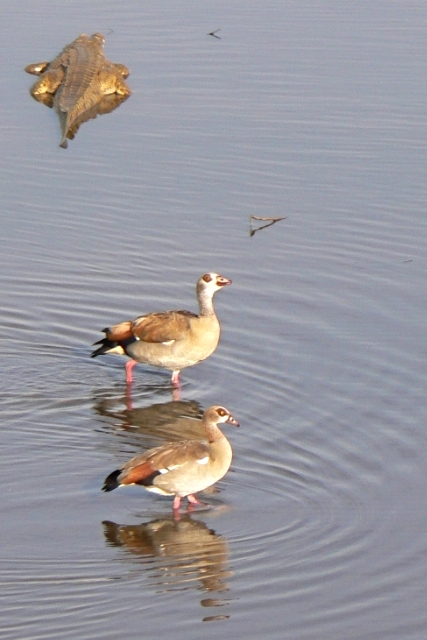
© Toko
Letaba River

© Flutterby
Male, Female & Juvenile, S41
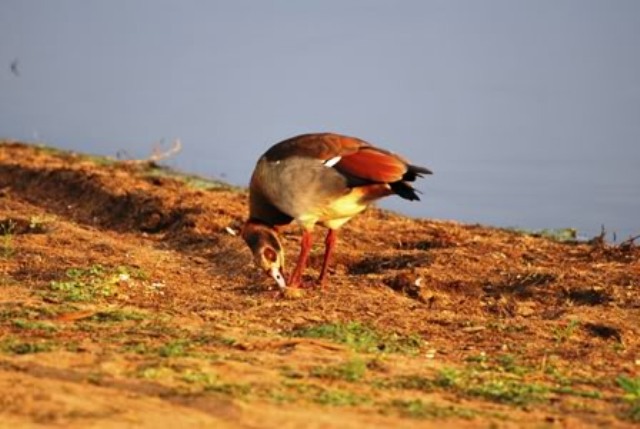
© Mel
Sunset Dam

© Dewi
Kanniedood Dam.

© Bush Brat
Nsemani Dam
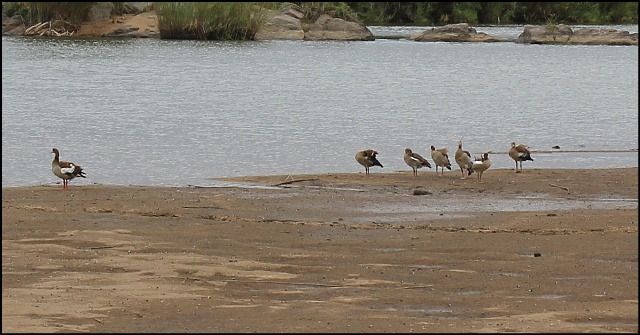
© Amoli
Nsemani Dam April 2012
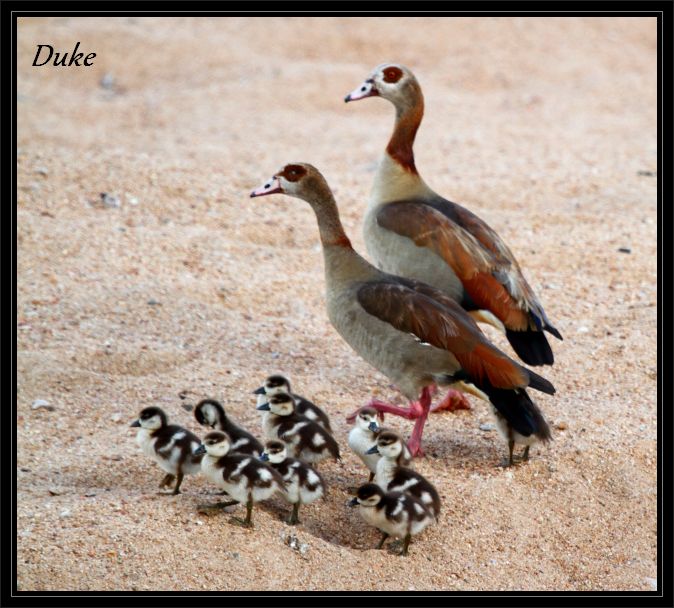
© Duke

© ExFmem
Sunset Dam

© Tina
Biyamiti Weir

© leachy
Sunset dam
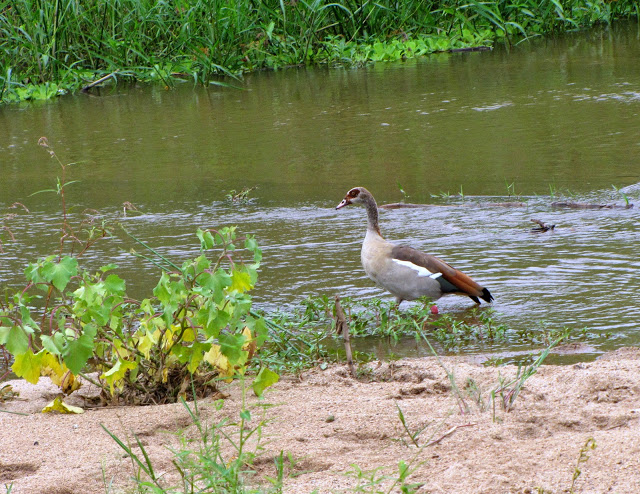
© Lisbeth
Southern Kruger
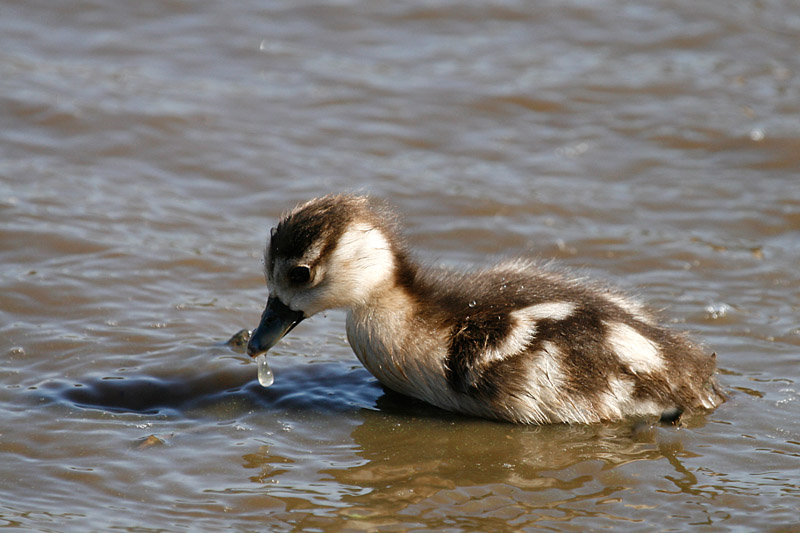
© leachy
Chick, Sunset dam
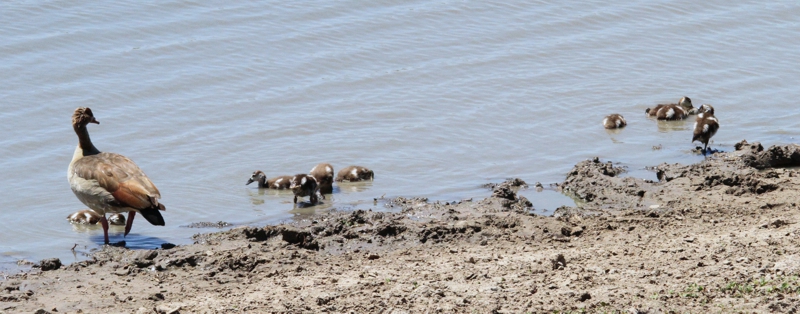
© Super Mongoose
October 2012, Kumana waterhole

© nan
10.10.2009
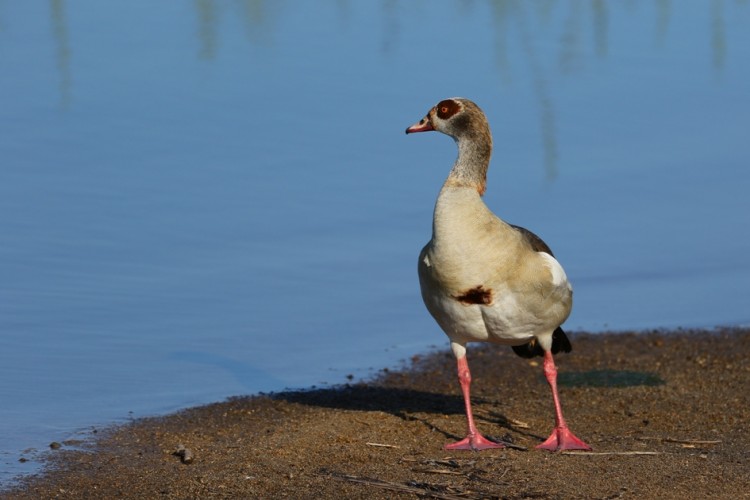
- 102.JPG (56.48 KiB) Viewed 991 times
© Dindingwe
Lower Sabie
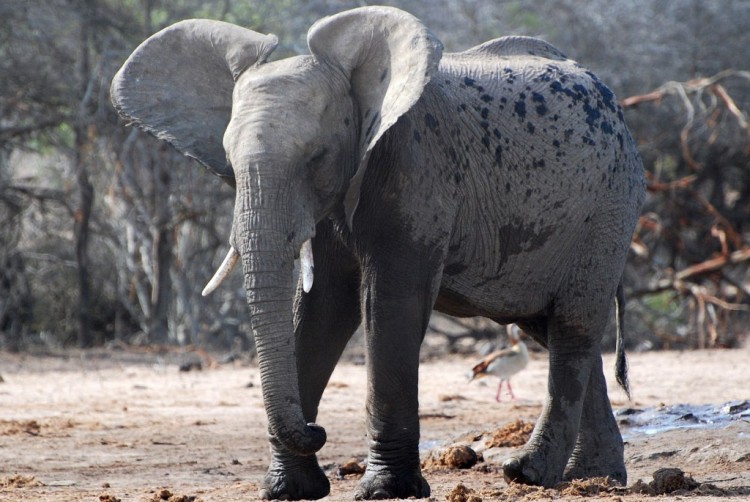
© Mel
Lower Sabie area
358. Emerald-spotted Wood Dove - 20 Points
Posted: Fri Jul 04, 2014 8:15 pm
by nan
358.
Emerald-spotted Wood Dove Turtur chalcospilos
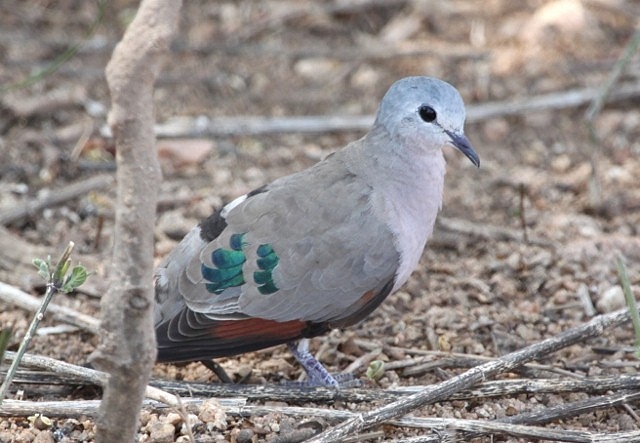
© nan
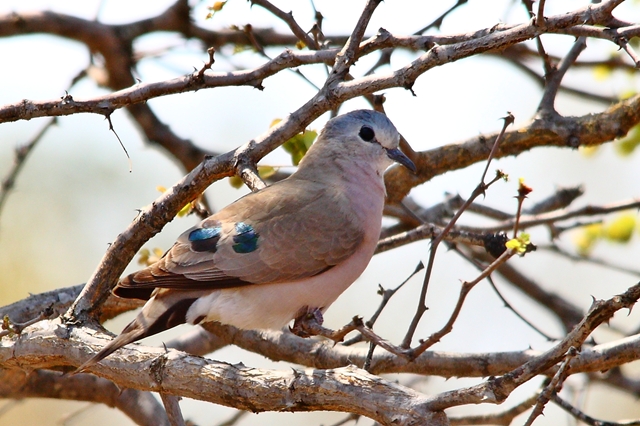
© Flutterby
S100
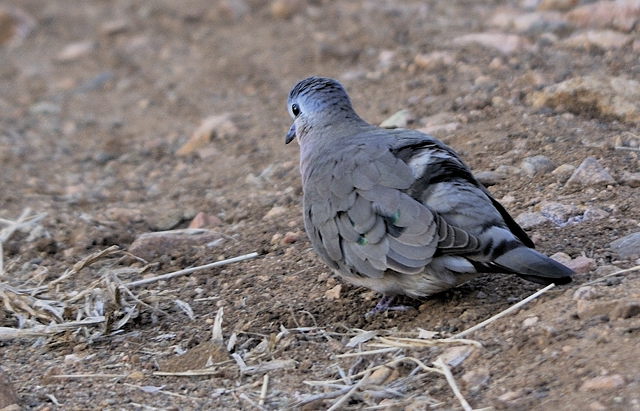
© Dewi
S56
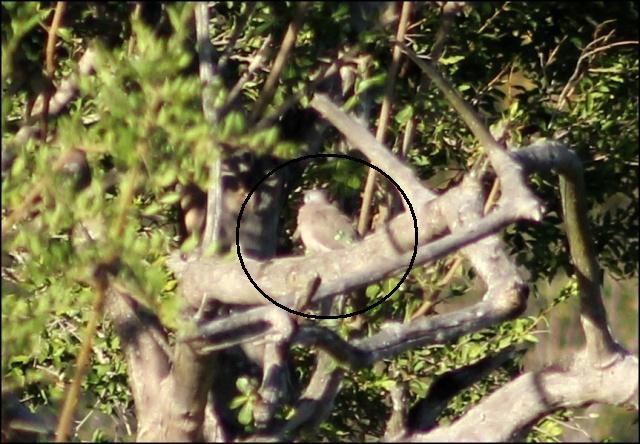
© Amoli
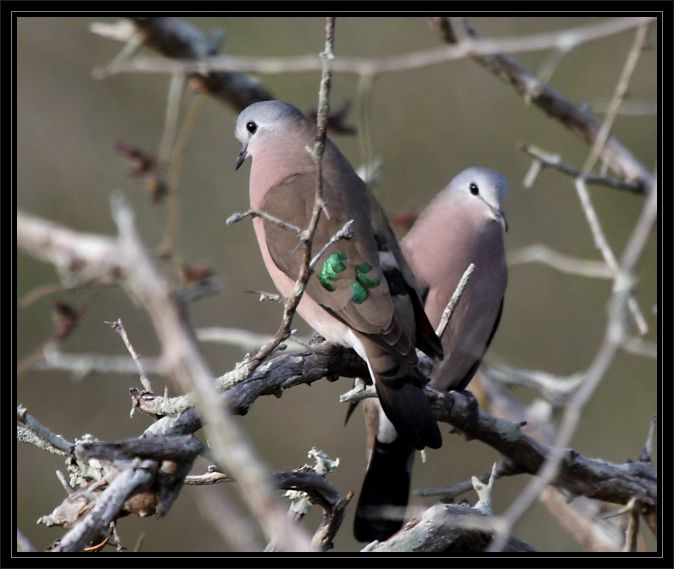
© Duke
H8
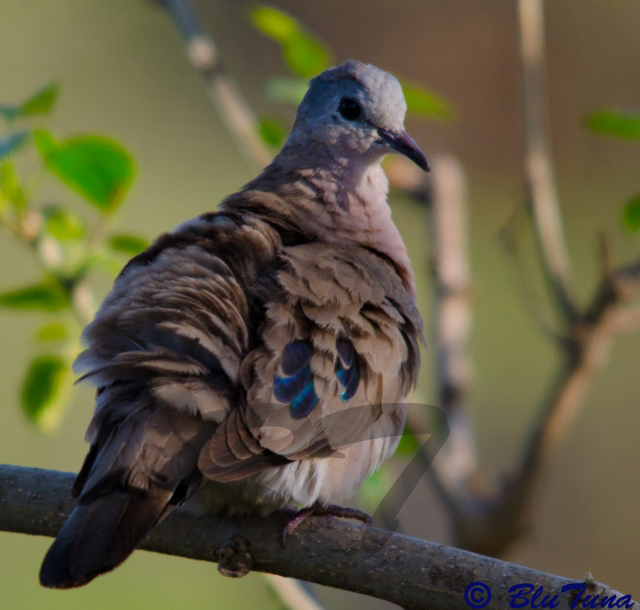
© BluTuna
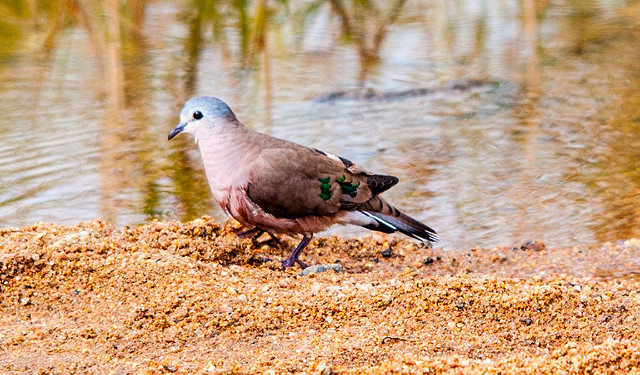
© steamtrainfan
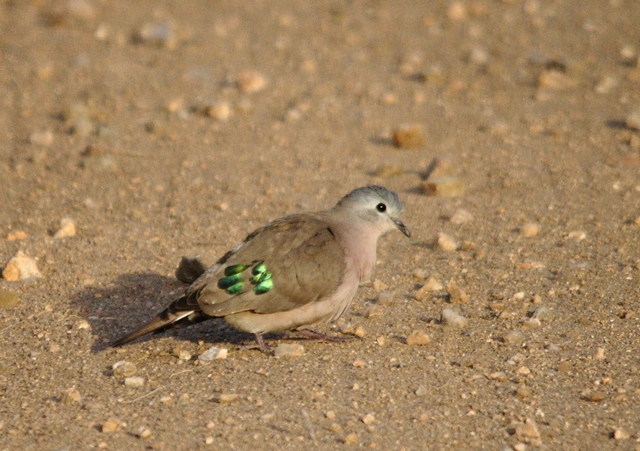
© Bush Brat
S36
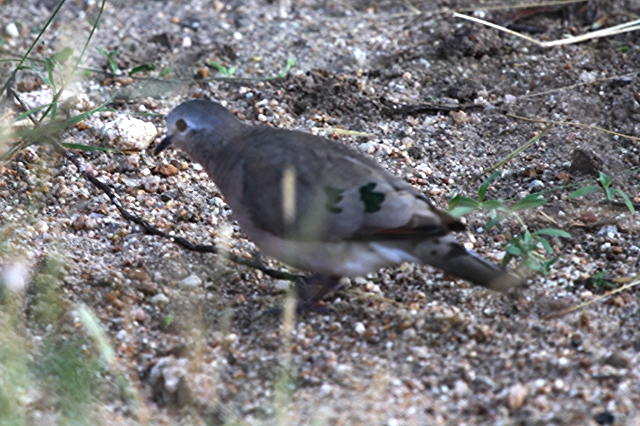
© Tina
Skukuza loops

© leachy
Witsand
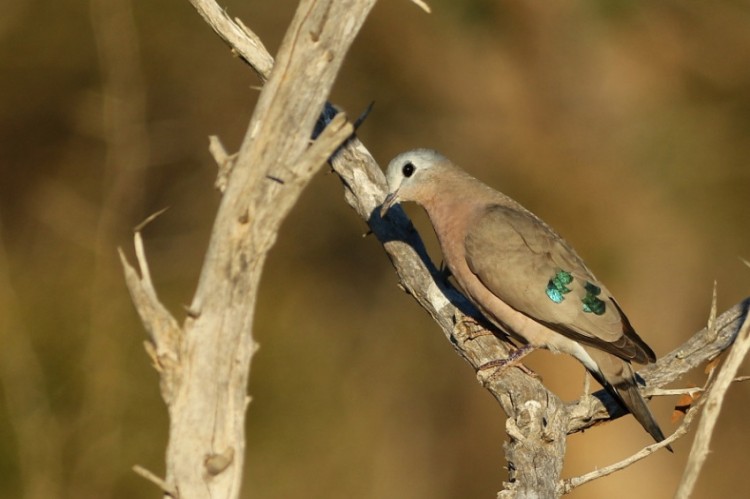
- 358 s28.jpg (58.58 KiB) Viewed 982 times
© Dindingwe
S28
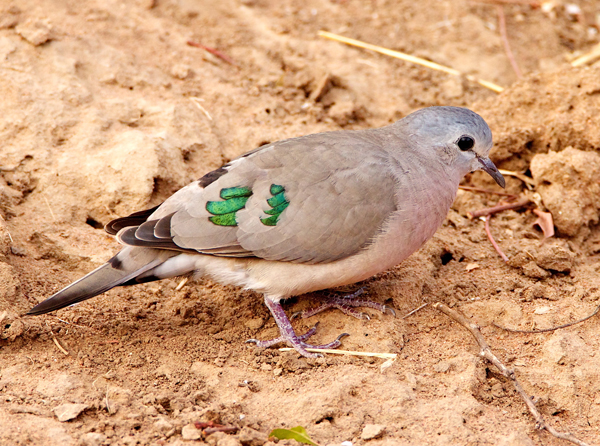
© ExFmem
S47
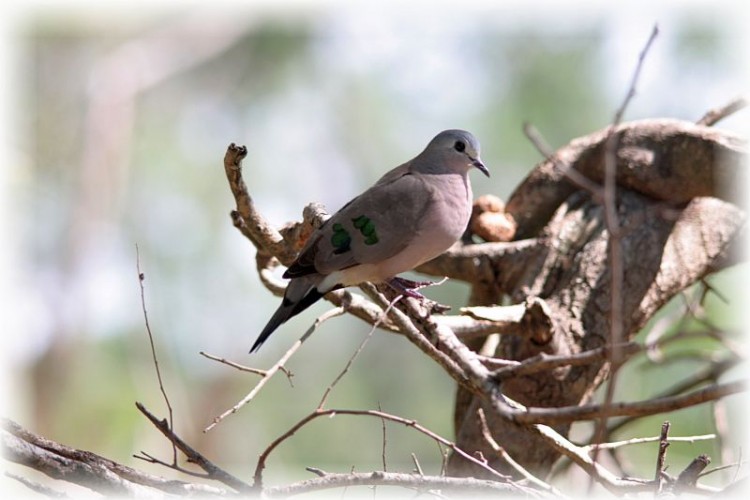
© Bookworm
Near Letaba
© Lisbeth
118. Secretarybird - 40 Points
Posted: Fri Jul 04, 2014 8:19 pm
by Toko
118.
Secretarybird Sagittarius serpentarius
Identification
Sexes similar, male larger and with slightly longer crest and tail. Orange facial skin, grey-black plumage and characteristic striding gait through grass should distinguish it from all other species in region. Barred tail In flight.
Juvenile: Plumage browner, facial skin yellow and with shorter tail.
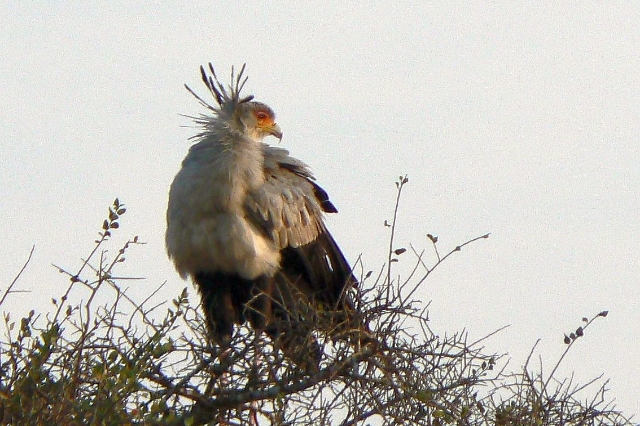
© Toko
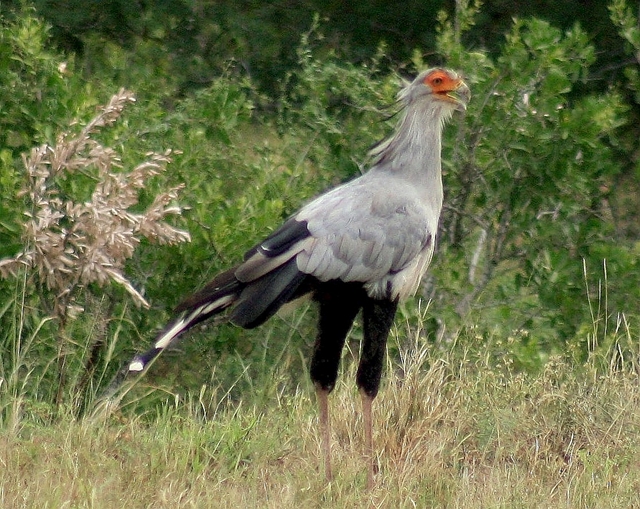
© Flutterby
S100
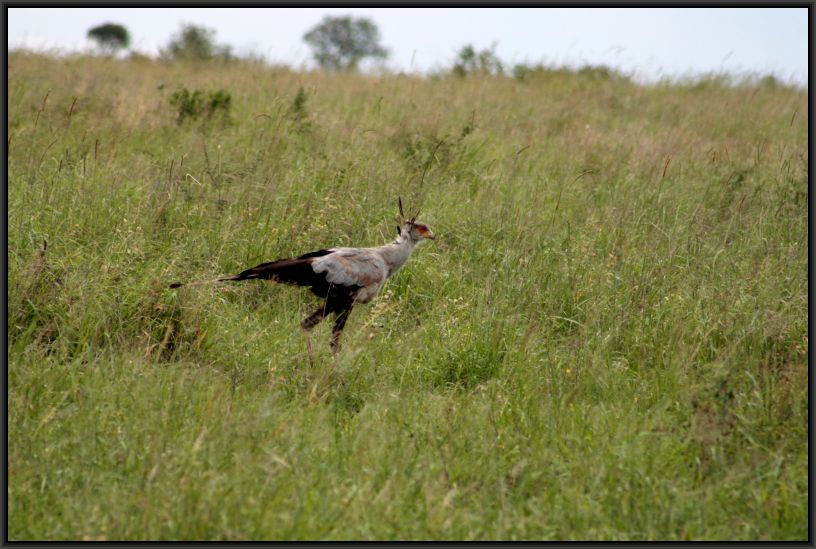
© harrys
Lower Sabi
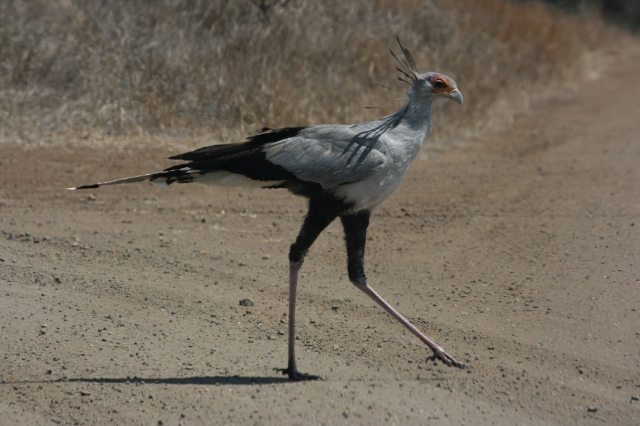
© Tina
S 126
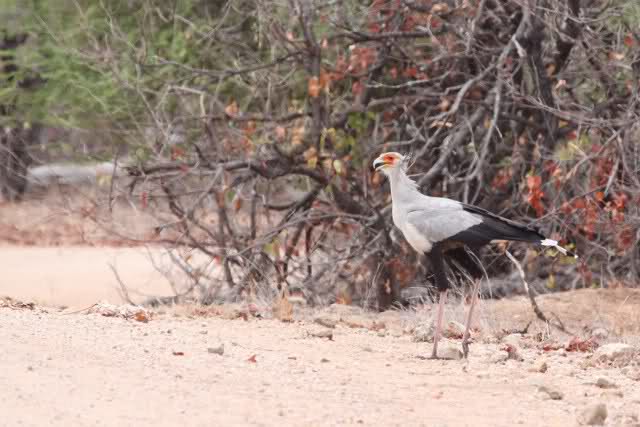
© nan
23.10.2009
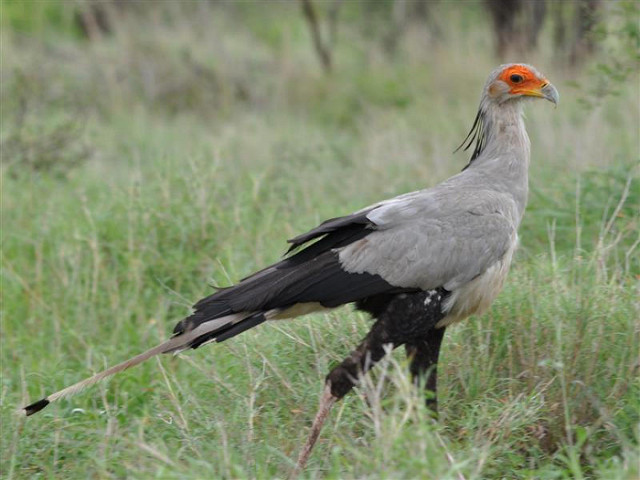
© steamtrainfan
Ntomeni
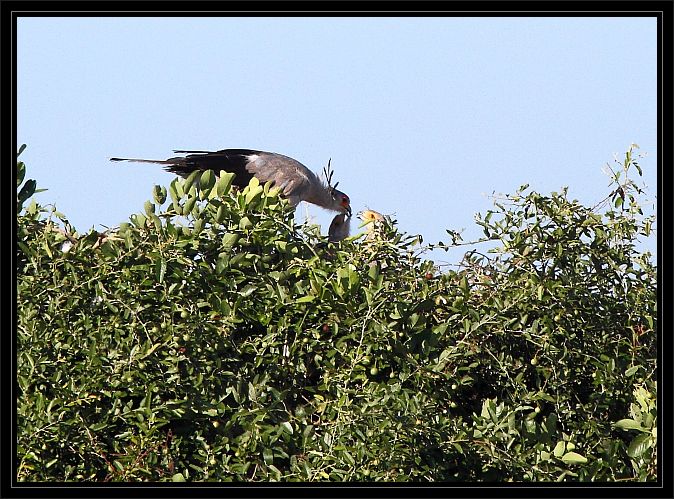
© Duke

© Bush Brat
Bangu Waterhole
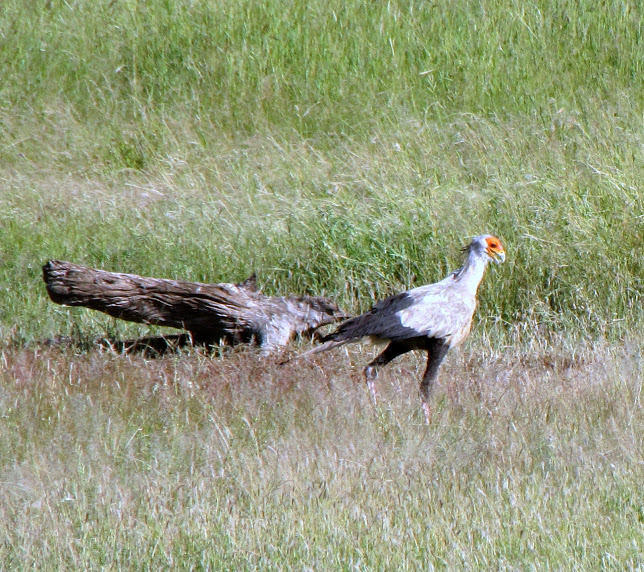
© Lisbeth
Southern Kruger
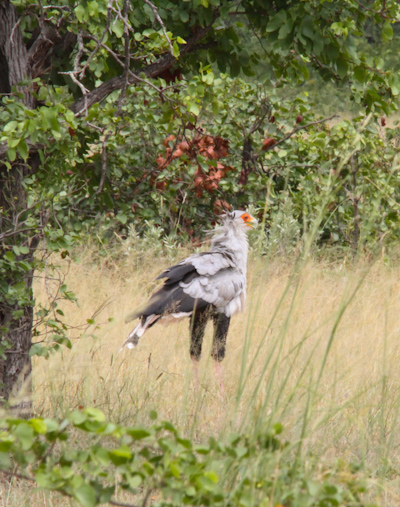
© Super Mongoose
Shongololo loop, March 2013
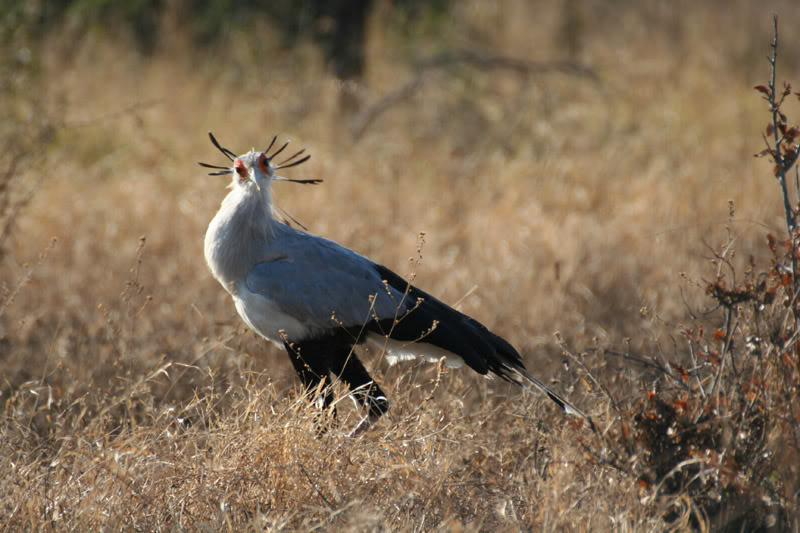
© leachy
Orpen area
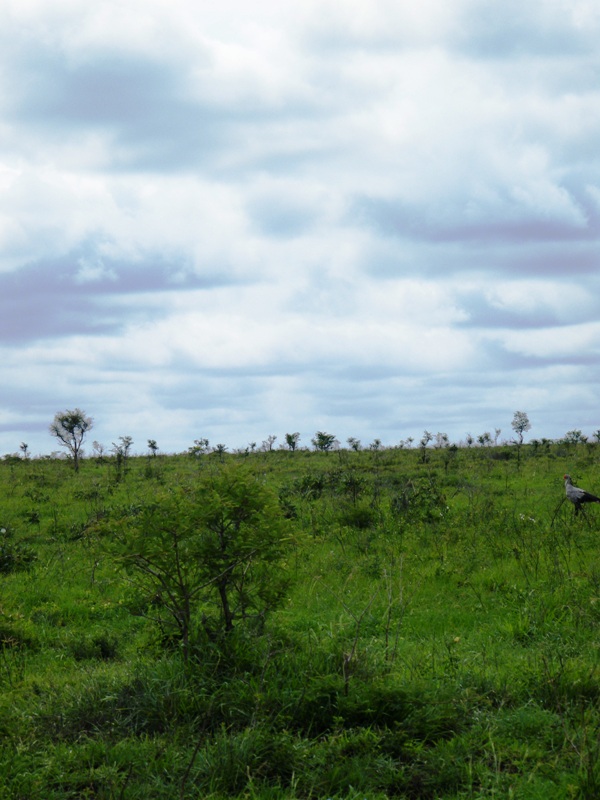
© Richprins
H10
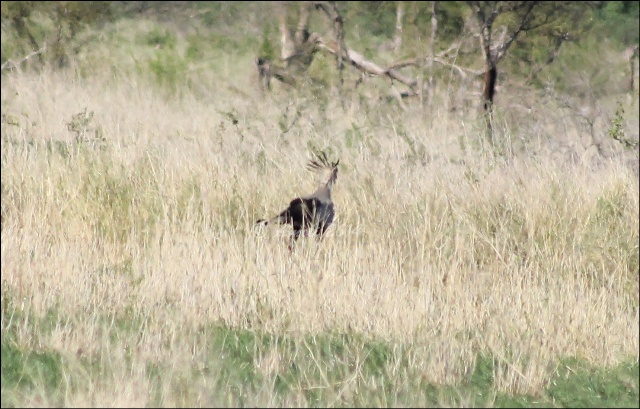
© Amoli
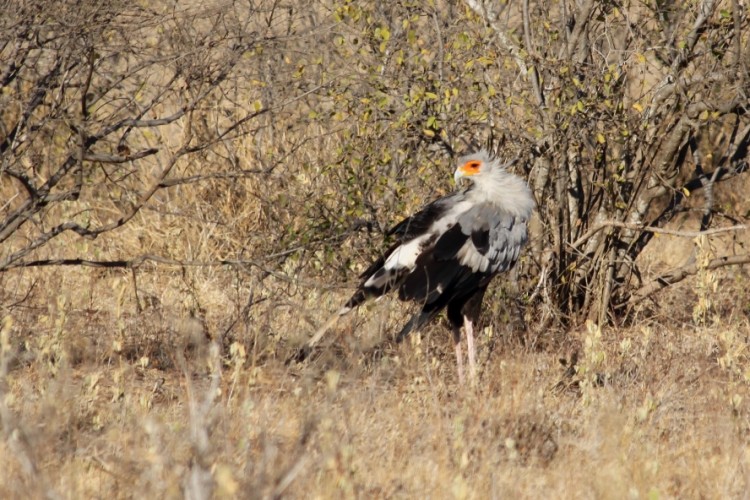
- 118.JPG (149.21 KiB) Viewed 990 times
© Dindingwe
Central Plains

© Bookworm
Near Satara
123. White-backed Vulture - 20 Points
Posted: Fri Jul 04, 2014 8:26 pm
by Toko
123.
White-backed Vulture Gyps africanus
There are an estimated 904 pairs of African White-backed Vultures in KNP.
Identification
95 cm; sexes alike. Smaller and darker than Cape Vulture, though plumage tends to become paler with age. Characteristic off-white rump and lower back only visible in flight or when wings are spread. Neck dark grey, covered sparsely with whitish down. Face dark grey or blackish, eyes dark brown. In flight, primary and secondary feathers are uniform dark brown, and contrast with much paler wing coverts.
Juvenile: Darker than ad, plumage with streaked appearance. Lower back and rump spotted dark brown; attains ad plumage after sixth year.

© Toko
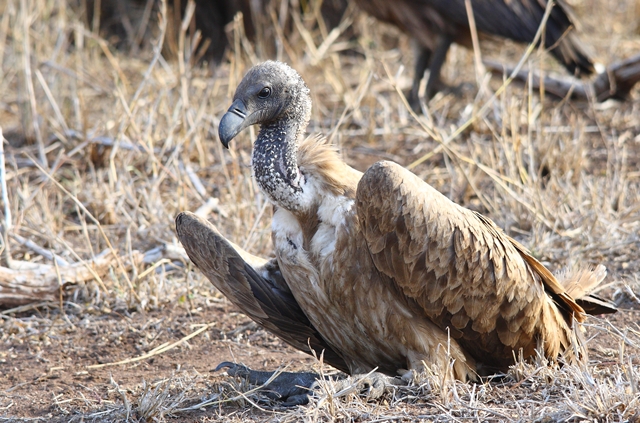
© Flutterby
S41
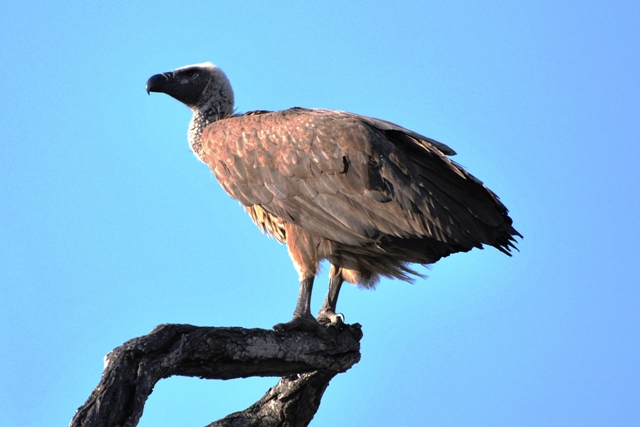
© Mel
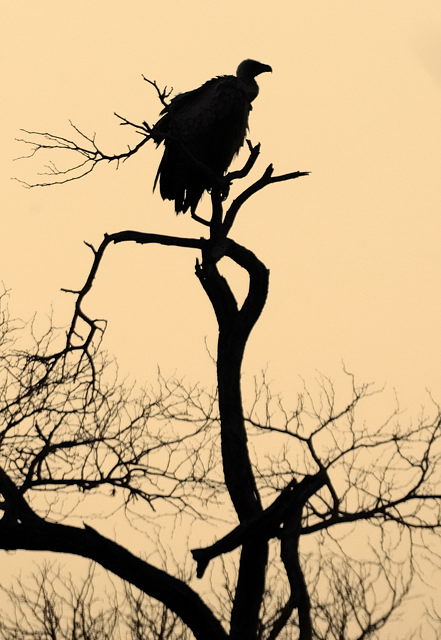
© Dewi
S56
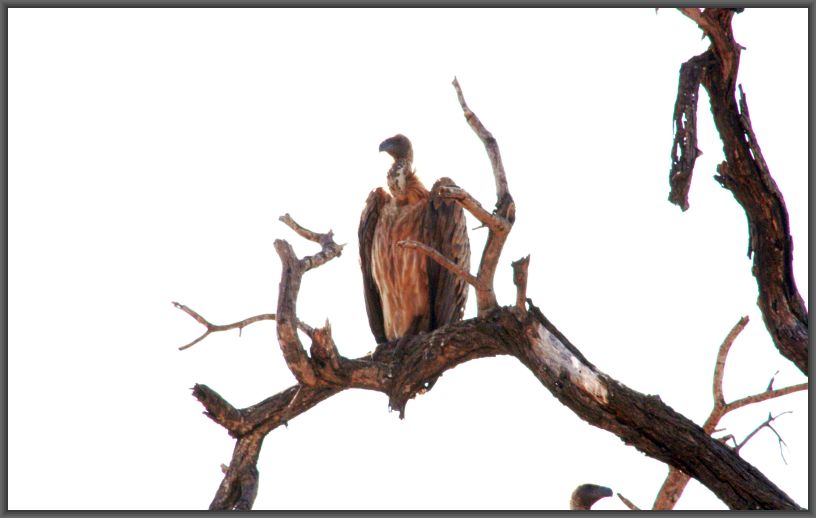
© harrys
Shingwedzi

© Bush Brat
H4-1

© Duke
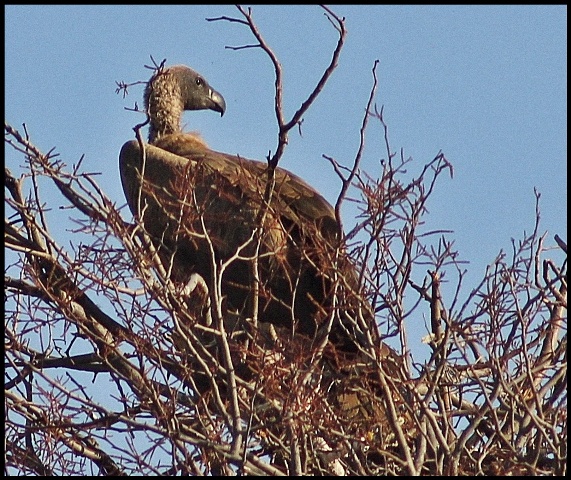
© Amoli
S131 June 2012
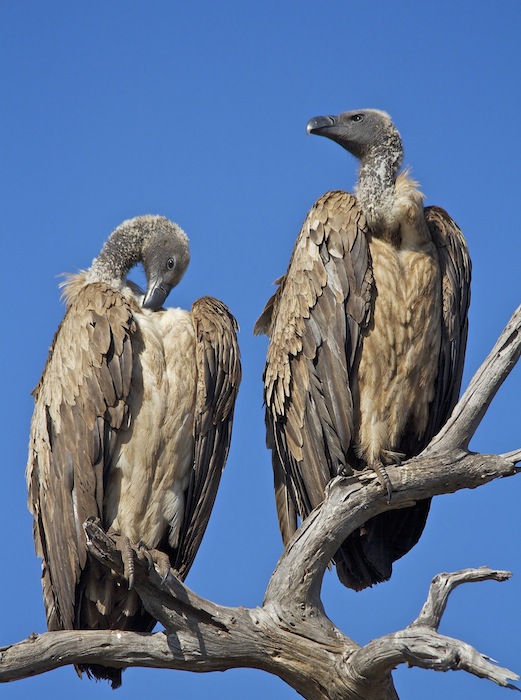
© ExFmem

© steamtrainfan
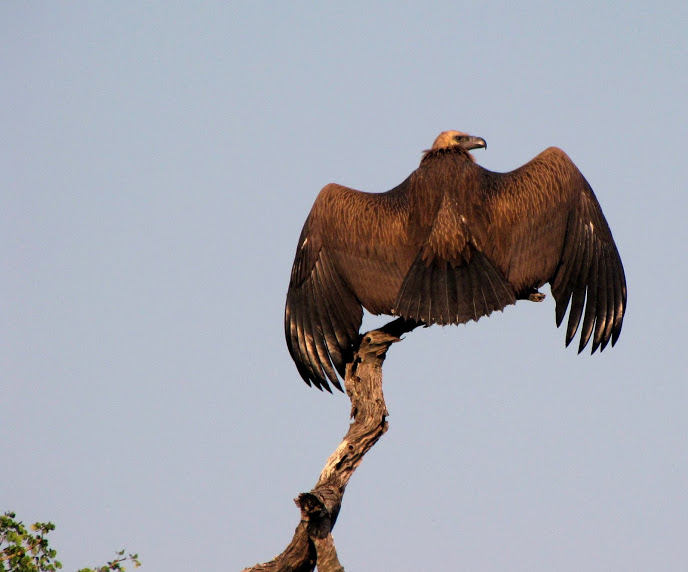
© Lisbeth
Juvenile
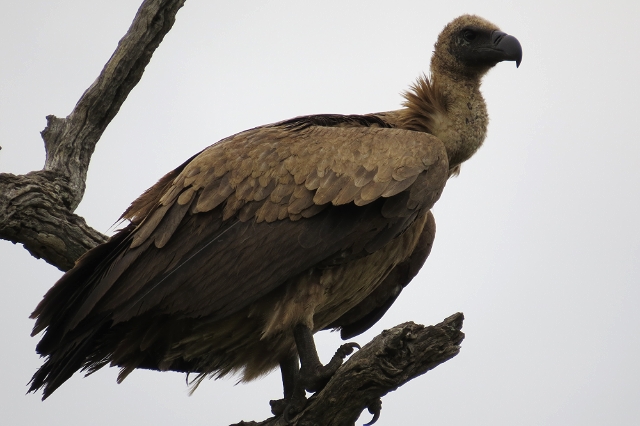
© Tina
S 28

© leachy
S28

© nan
29.2.2008
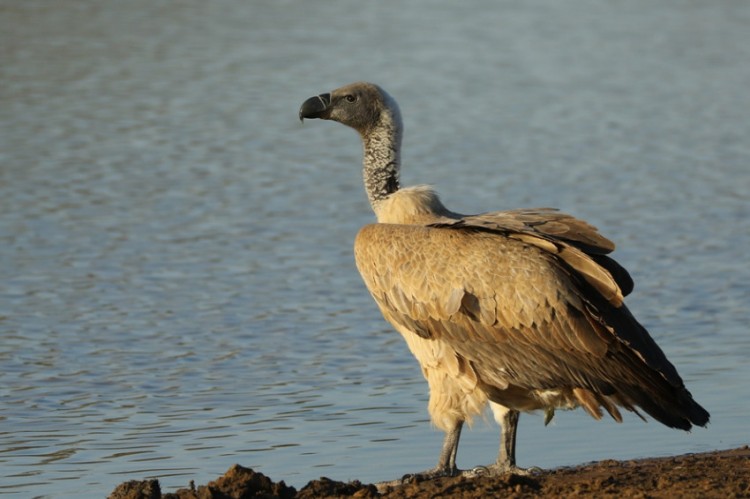
- 123.jpg (69.3 KiB) Viewed 989 times
© Dindingwe
H1-3
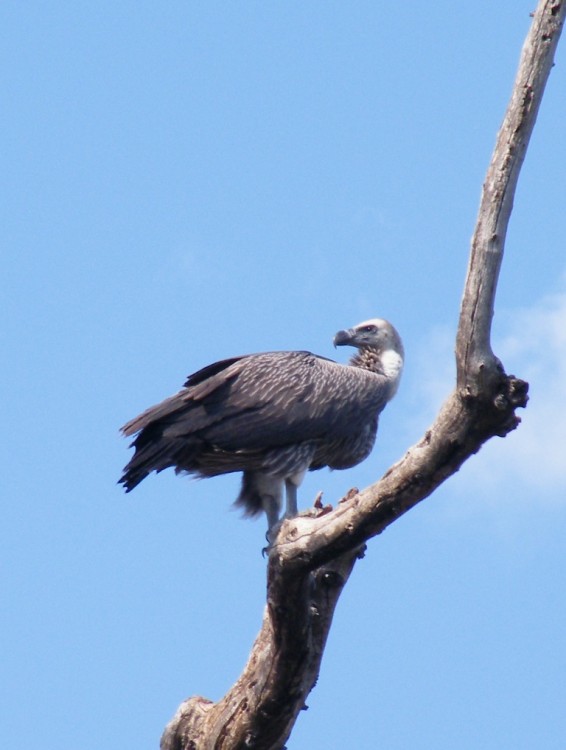
- q5.jpg (58.27 KiB) Viewed 966 times
© Richprins
Sardelli's H5
256. Senegal Lapwing - 40 Points
Posted: Fri Jul 04, 2014 8:28 pm
by nan
256.
Senegal Lapwing (formerly known as Lesser Black-winged Plover)
Vanellus lugubris
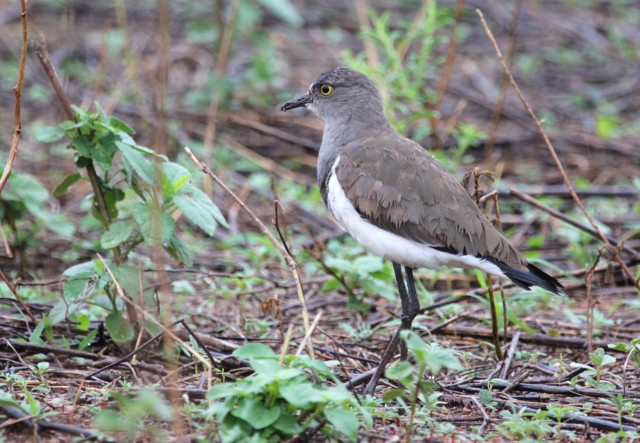
© nan
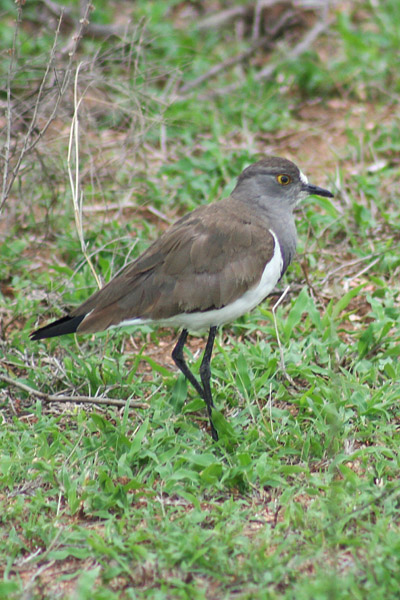
© leachy
Orpen
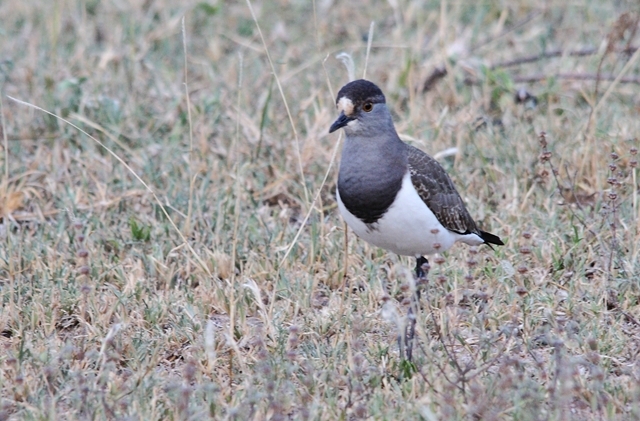
© Flutterby
S112
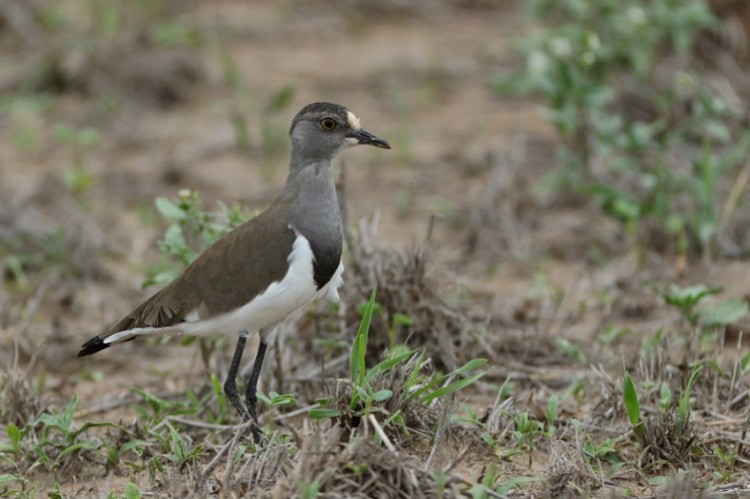
- 256 s36.jpg (80.2 KiB) Viewed 984 times
© Dindingwe
S36
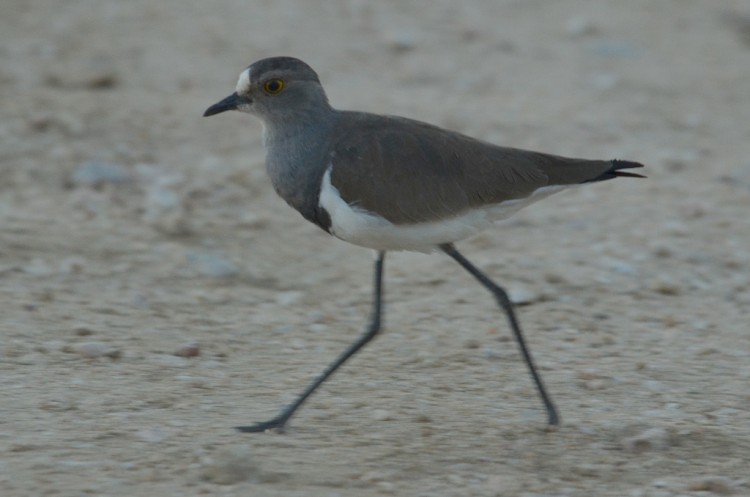
© Mel
Turn off to Tamboti Camp, April 2017
 © Amoli
© Amoli © Toko
© Toko © Flutterby
© Flutterby © Dewi
© Dewi © nan
© nan © nan
© nan © Duke
© Duke © nan
© nan © Mel
© Mel © ExFmem
© ExFmem © BluTuna
© BluTuna © Tina
© Tina © Bush Brat
© Bush Brat © steamtrainfan
© steamtrainfan © leachy
© leachy © Lisbeth
© Lisbeth © Richprins
© Richprins © Amoli
© Amoli © Toko
© Toko © Flutterby
© Flutterby © Dewi
© Dewi © nan
© nan © nan
© nan © Duke
© Duke © nan
© nan © Mel
© Mel © ExFmem
© ExFmem © BluTuna
© BluTuna © Tina
© Tina © Bush Brat
© Bush Brat © steamtrainfan
© steamtrainfan © leachy
© leachy © Lisbeth
© Lisbeth © Richprins
© Richprins © Amoli
© Amoli © Toko
© Toko © Dewi
© Dewi © nan
© nan © Duke
© Duke © BluTuna
© BluTuna © Mel
© Mel © ExFmem
© ExFmem © Lisbeth
© Lisbeth © Leachy
© Leachy © Tina
© Tina © Flutterby
© Flutterby © Michele Nel
© Michele Nel © Toko
© Toko © Flutterby
© Flutterby © Mel
© Mel © Dewi
© Dewi © Bush Brat
© Bush Brat © BluTuna
© BluTuna © Duke
© Duke © Amoli
© Amoli © steamtrainfan
© steamtrainfan © Lisbeth
© Lisbeth © ExFmem
© ExFmem © Tina
© Tina © leachy
© leachy © Super Mongoose
© Super Mongoose © nan
© nan © Toko
© Toko © Flutterby
© Flutterby © Mel
© Mel © Dewi
© Dewi © BluTuna
© BluTuna © Tina
© Tina © Duke
© Duke © nan
© nan © Amoli
© Amoli © steamtrainfan
© steamtrainfan © ExFmem
© ExFmem © Bush Brat
© Bush Brat © leachy
© leachy © Lisbeth
© Lisbeth © Toko
© Toko © Toko
© Toko © Flutterby
© Flutterby © Mel
© Mel © Dewi
© Dewi © Bush Brat
© Bush Brat © Amoli
© Amoli © Duke
© Duke © ExFmem
© ExFmem © Tina
© Tina © leachy
© leachy © Lisbeth
© Lisbeth © leachy
© leachy © Super Mongoose
© Super Mongoose © nan
© nan © nan
© nan © Flutterby
© Flutterby © Dewi
© Dewi © Amoli
© Amoli © Duke
© Duke © BluTuna
© BluTuna © steamtrainfan
© steamtrainfan © Bush Brat
© Bush Brat © Tina
© Tina © leachy
© leachy © ExFmem
© ExFmem © Toko
© Toko © Flutterby
© Flutterby © harrys
© harrys © Tina
© Tina © nan
© nan © steamtrainfan
© steamtrainfan © Duke
© Duke © Bush Brat
© Bush Brat © Lisbeth
© Lisbeth © Super Mongoose
© Super Mongoose © leachy
© leachy © Richprins
© Richprins © Amoli
© Amoli © Toko
© Toko © Flutterby
© Flutterby © Mel
© Mel © Dewi
© Dewi © harrys
© harrys © Bush Brat
© Bush Brat © Duke
© Duke © Amoli
© Amoli © ExFmem
© ExFmem © steamtrainfan
© steamtrainfan © Lisbeth
© Lisbeth © Tina
© Tina © leachy
© leachy © nan
© nan © nan
© nan © leachy
© leachy © Flutterby
© Flutterby